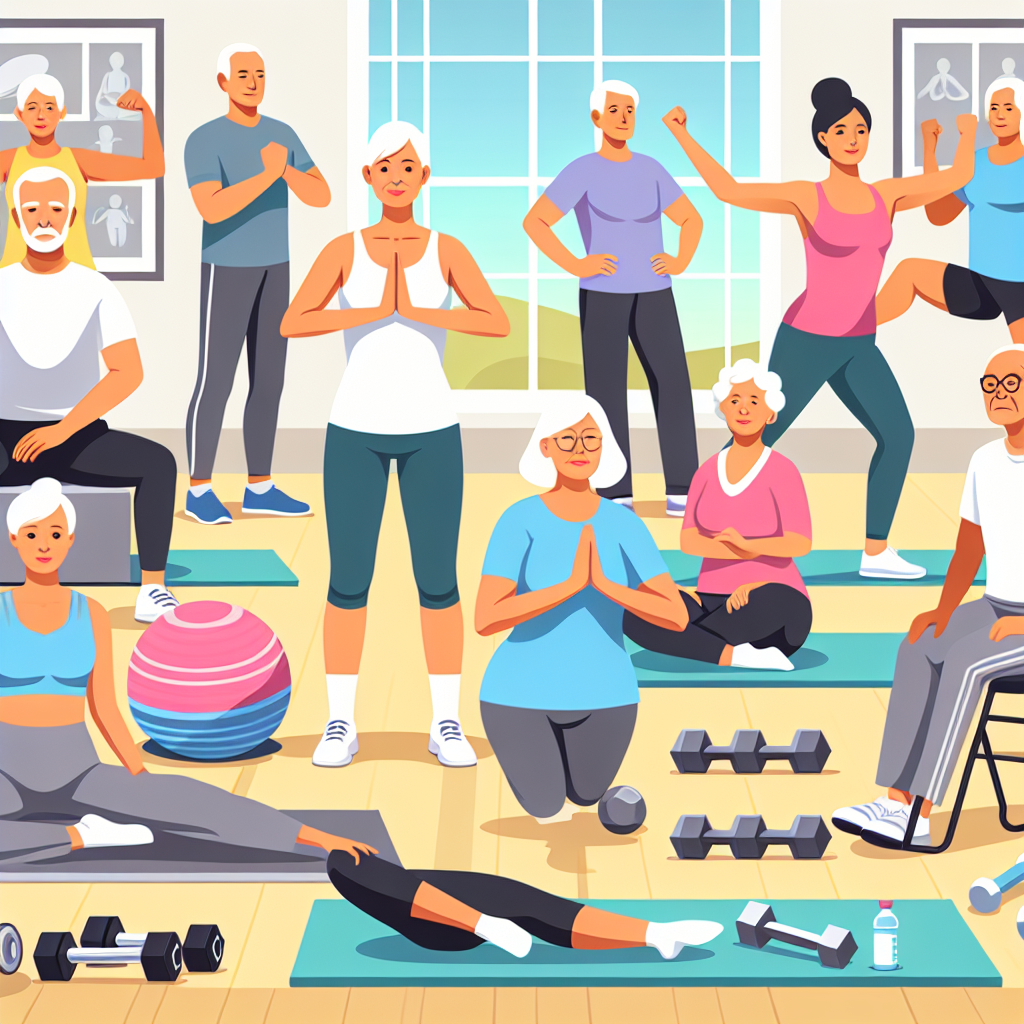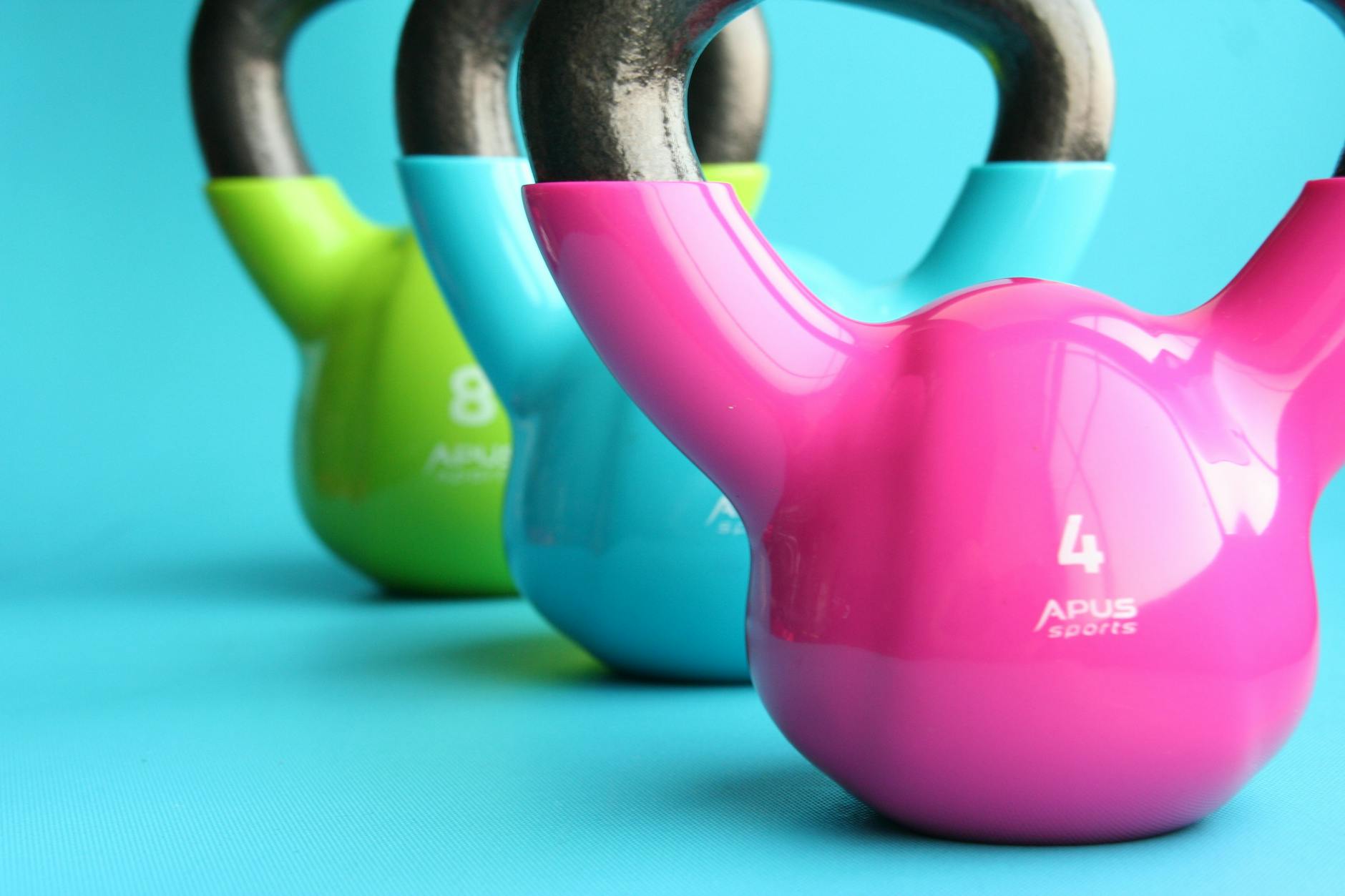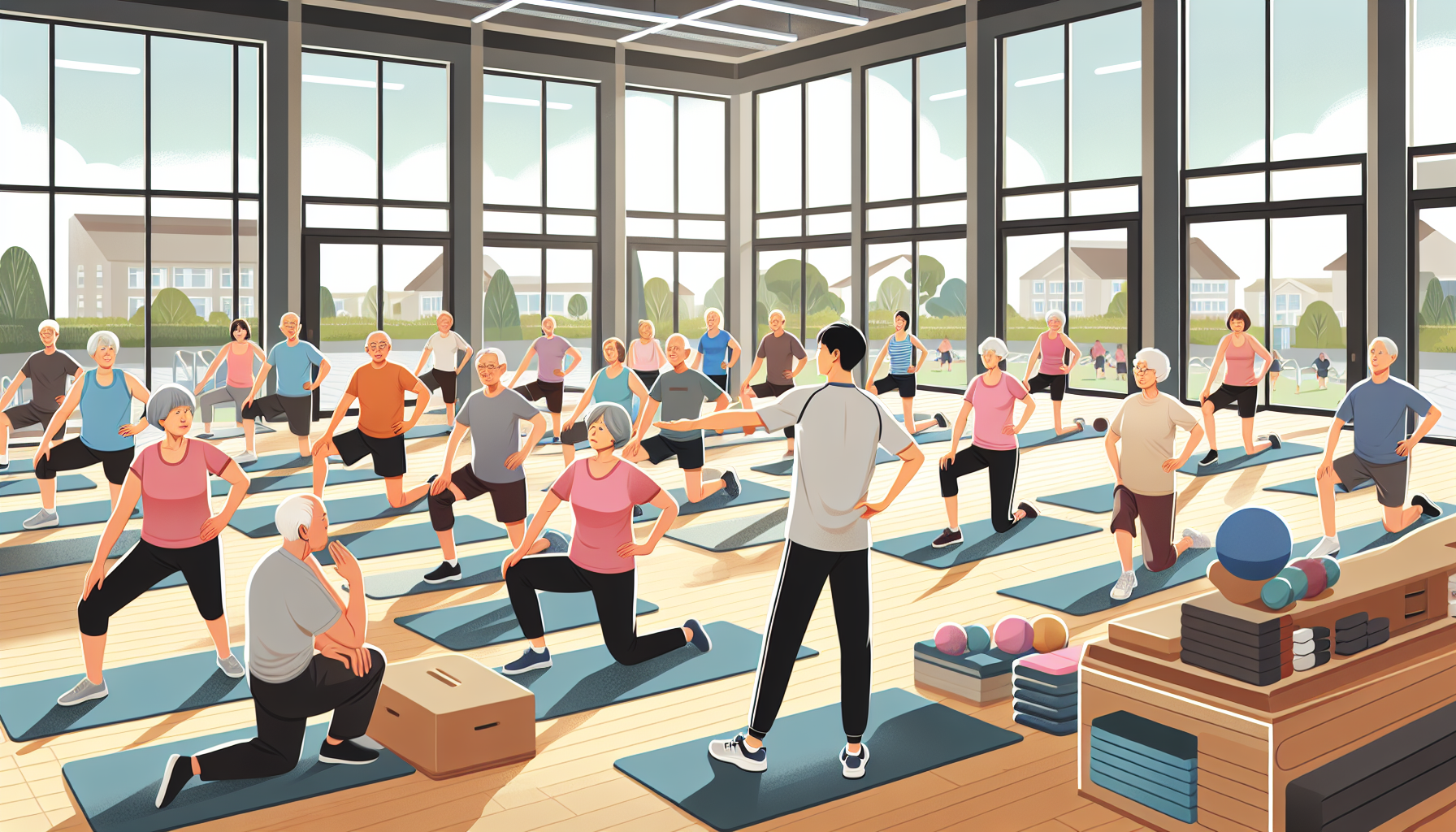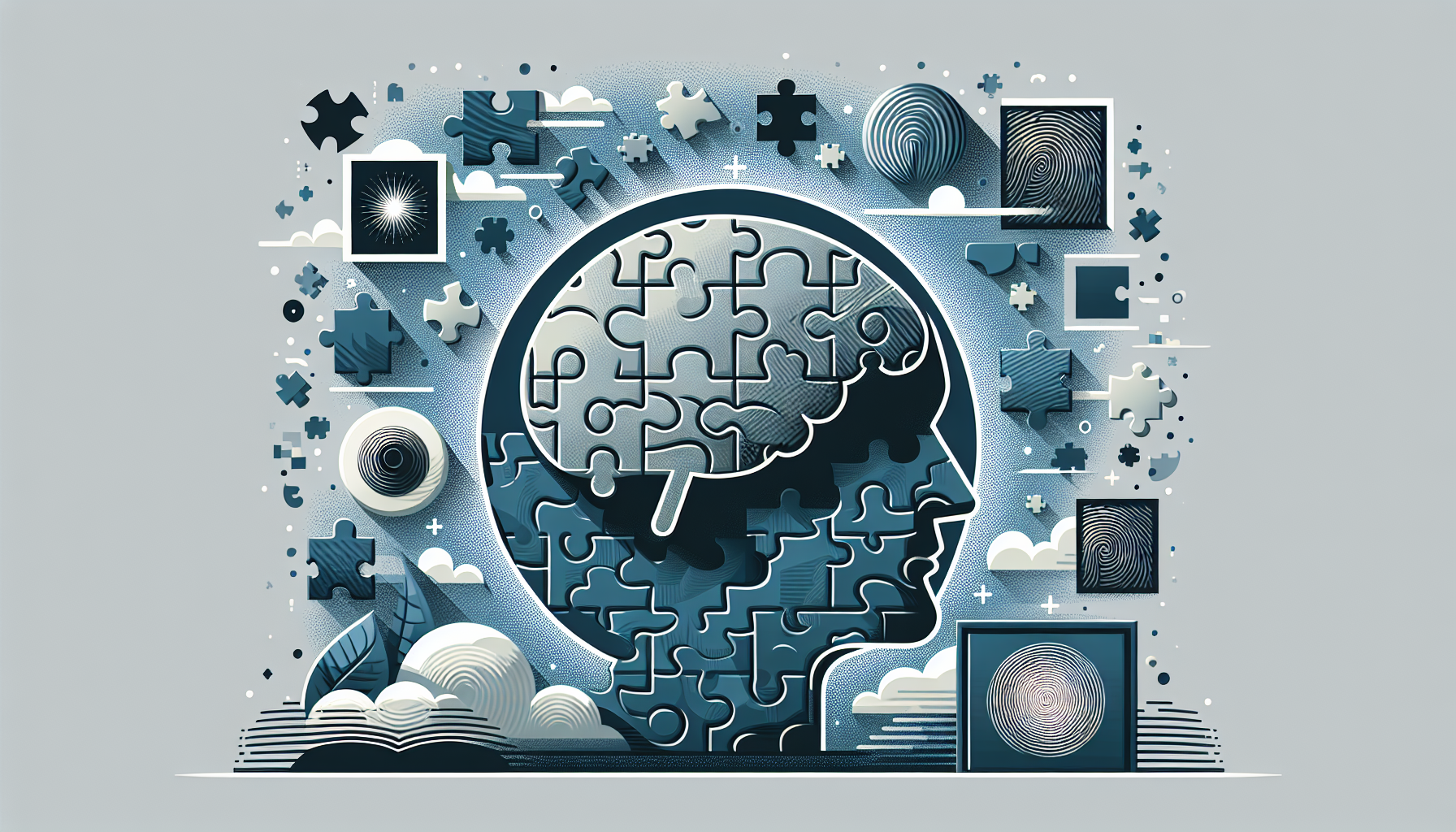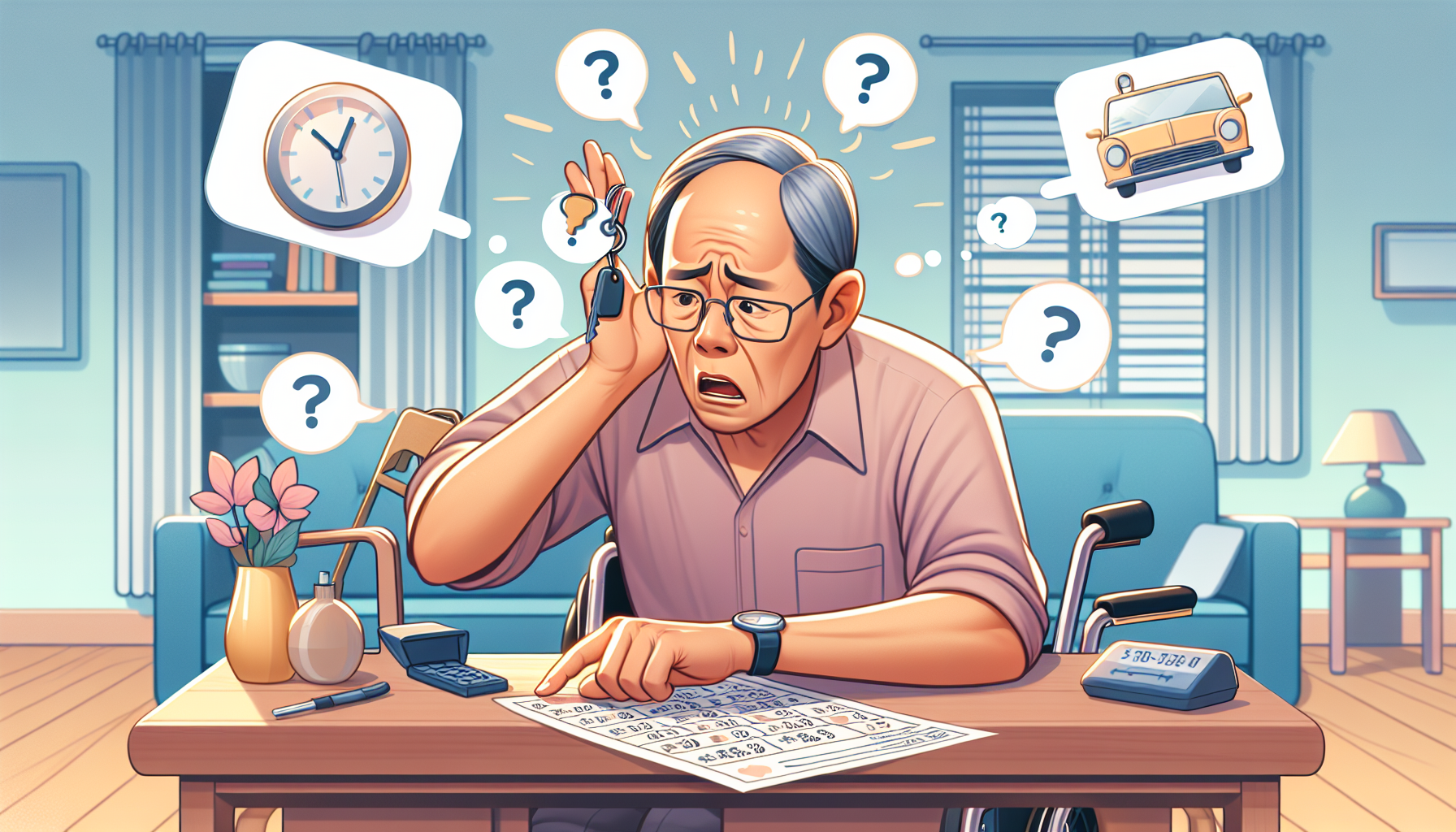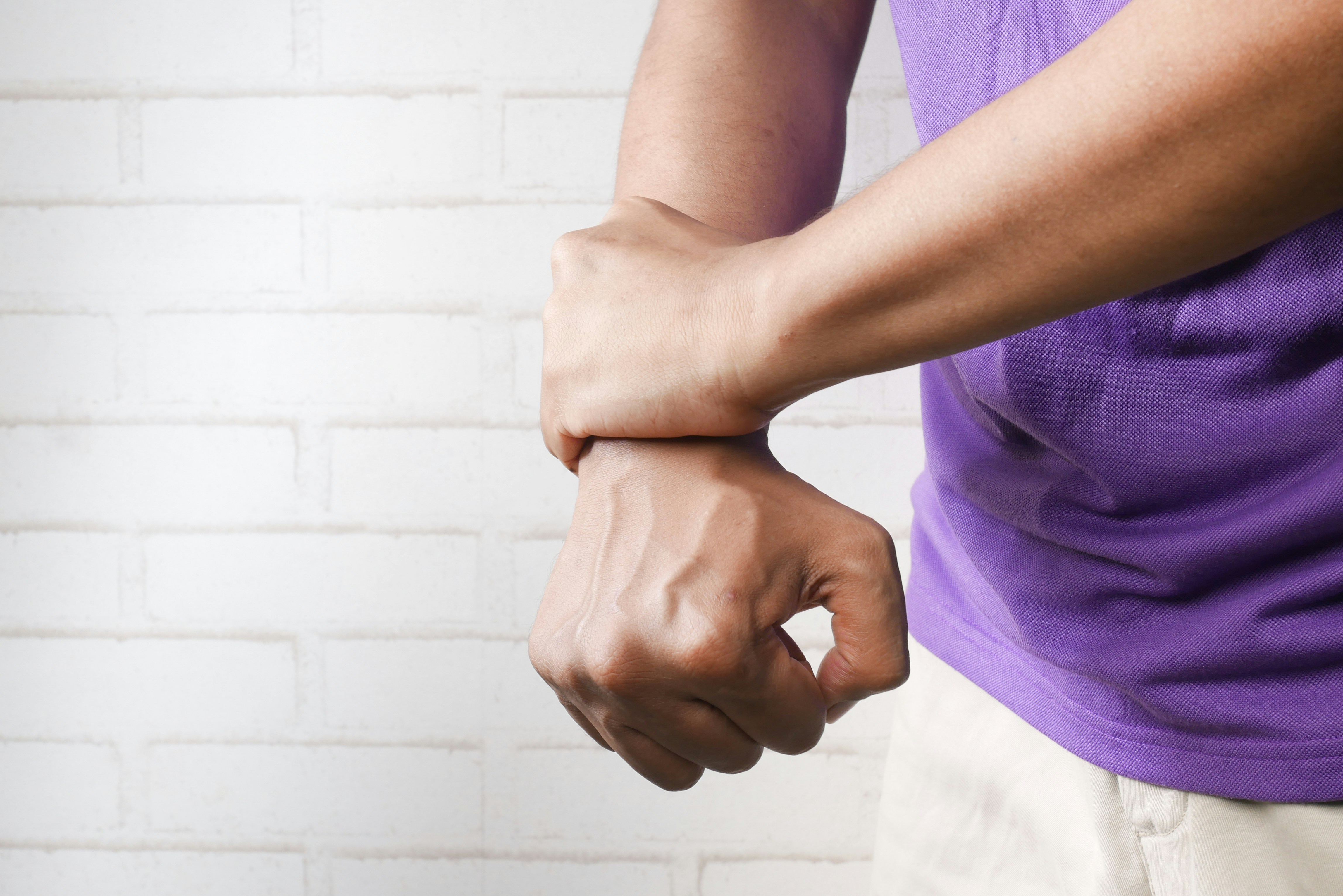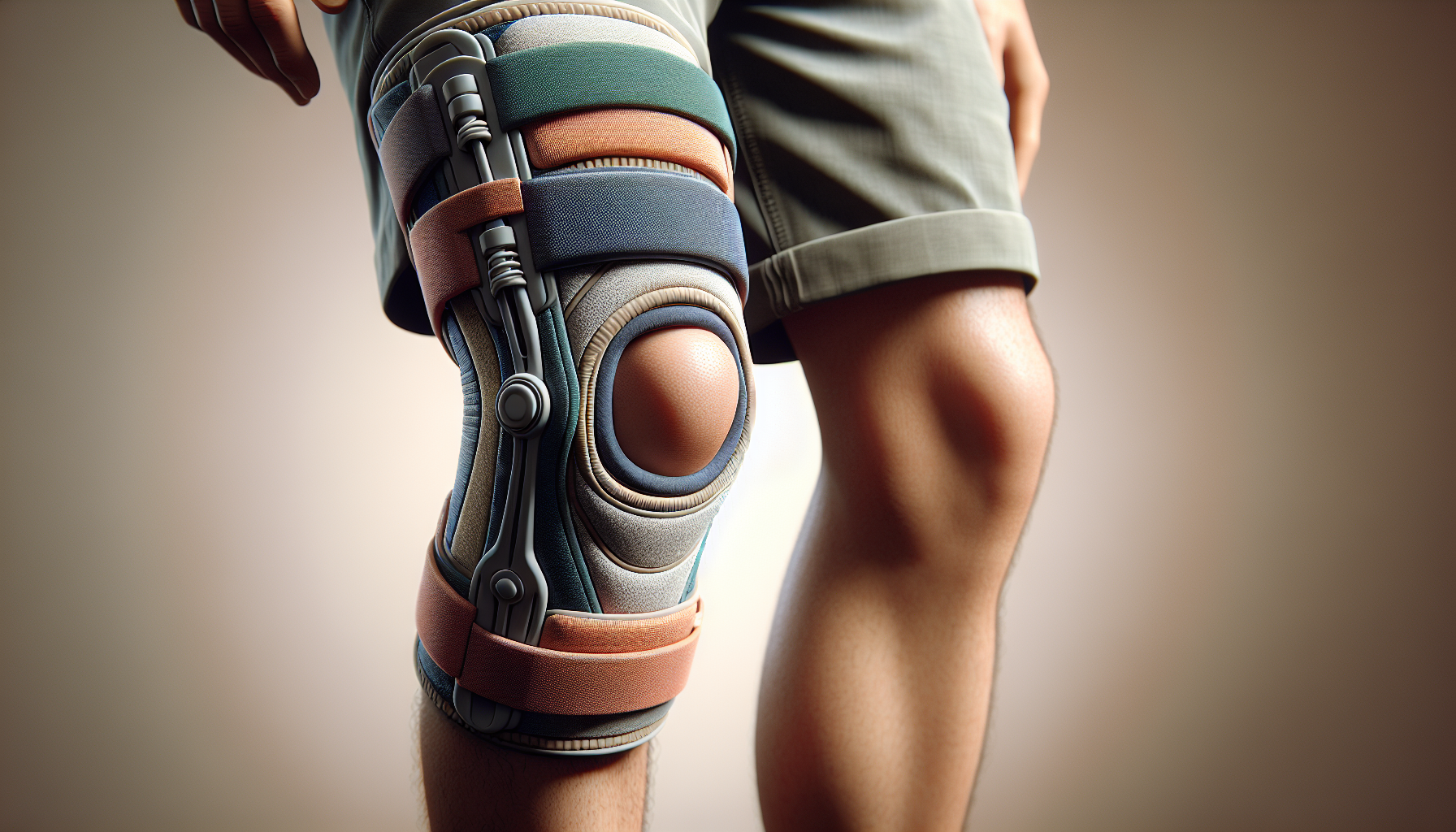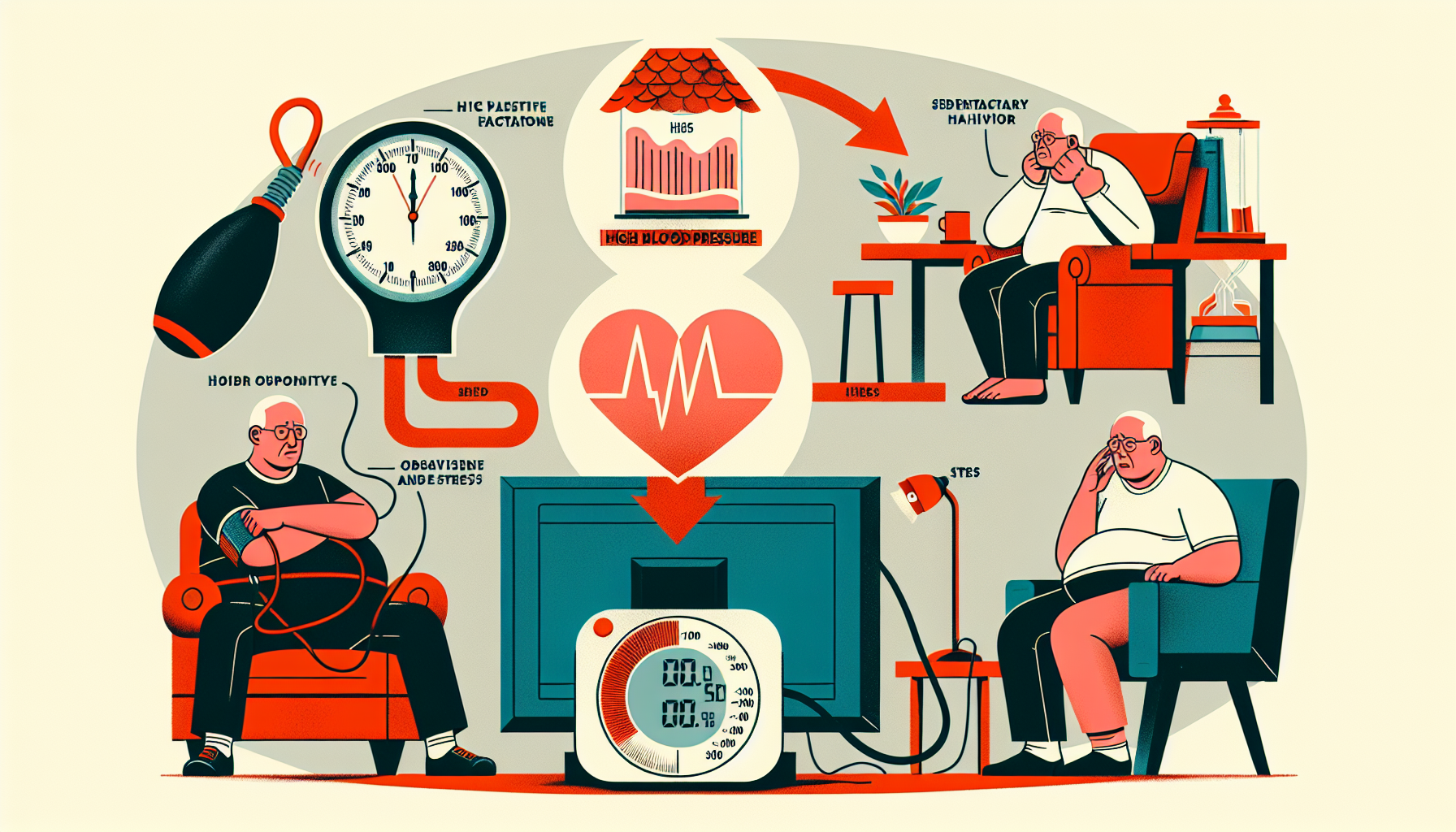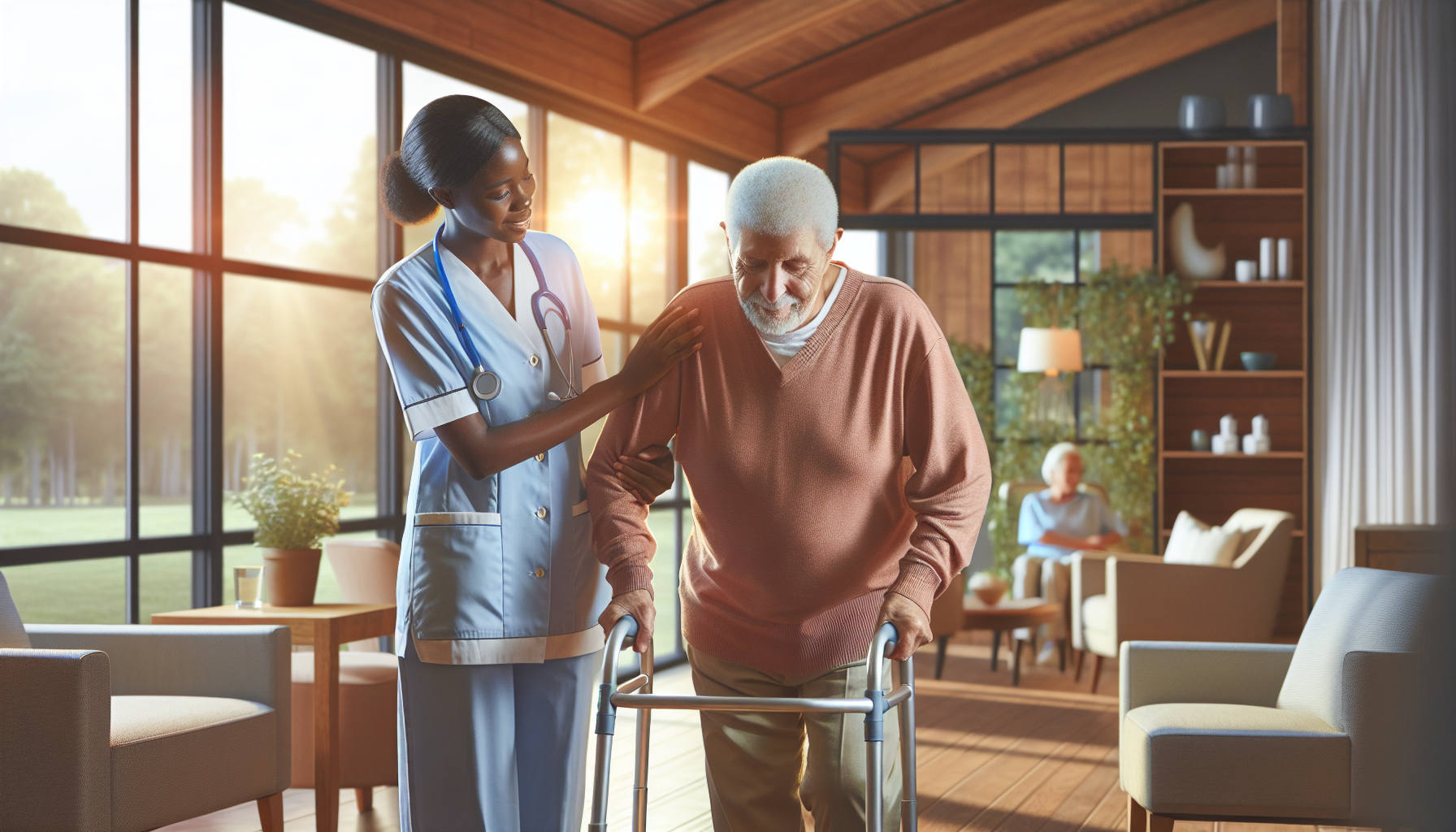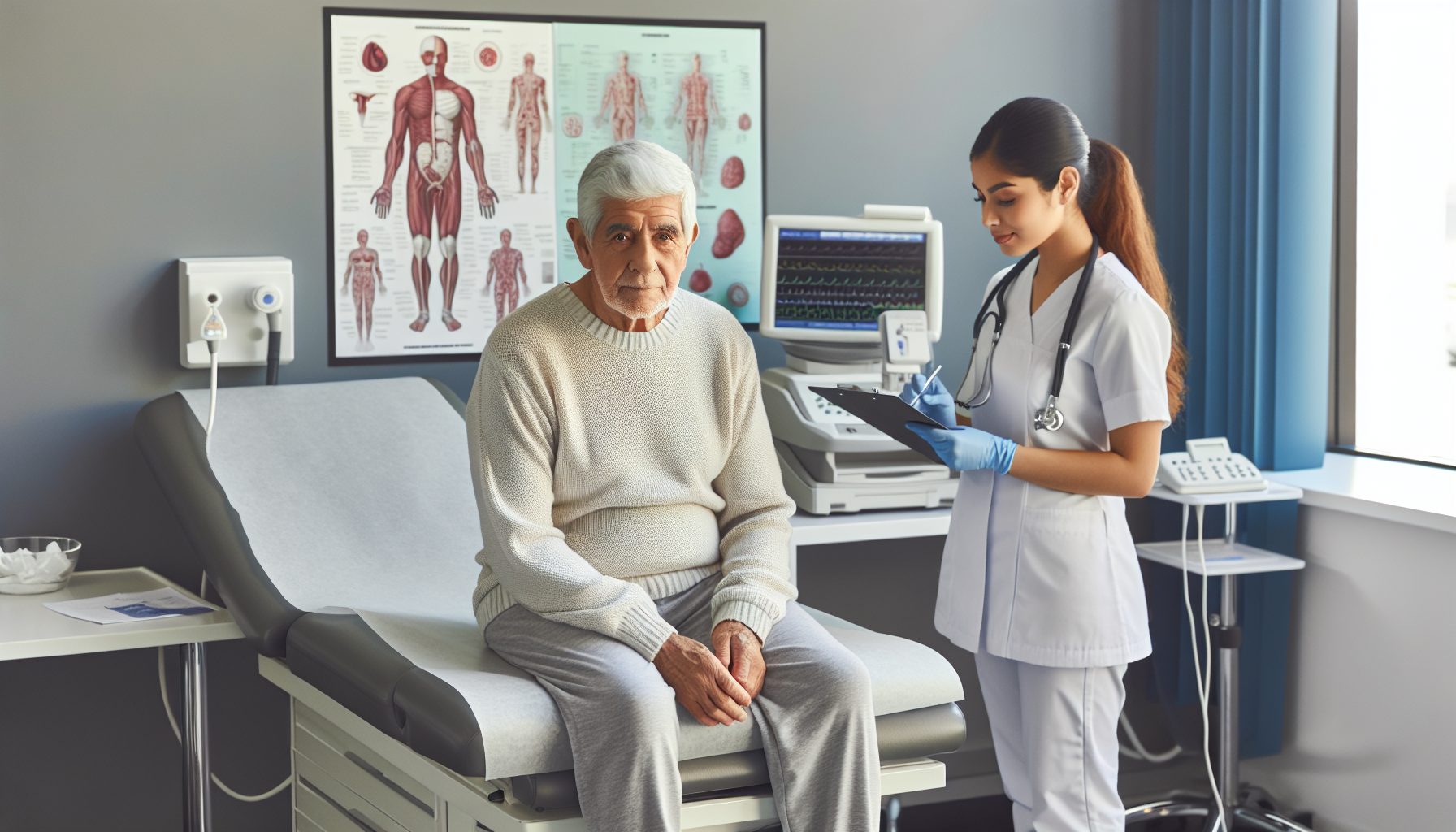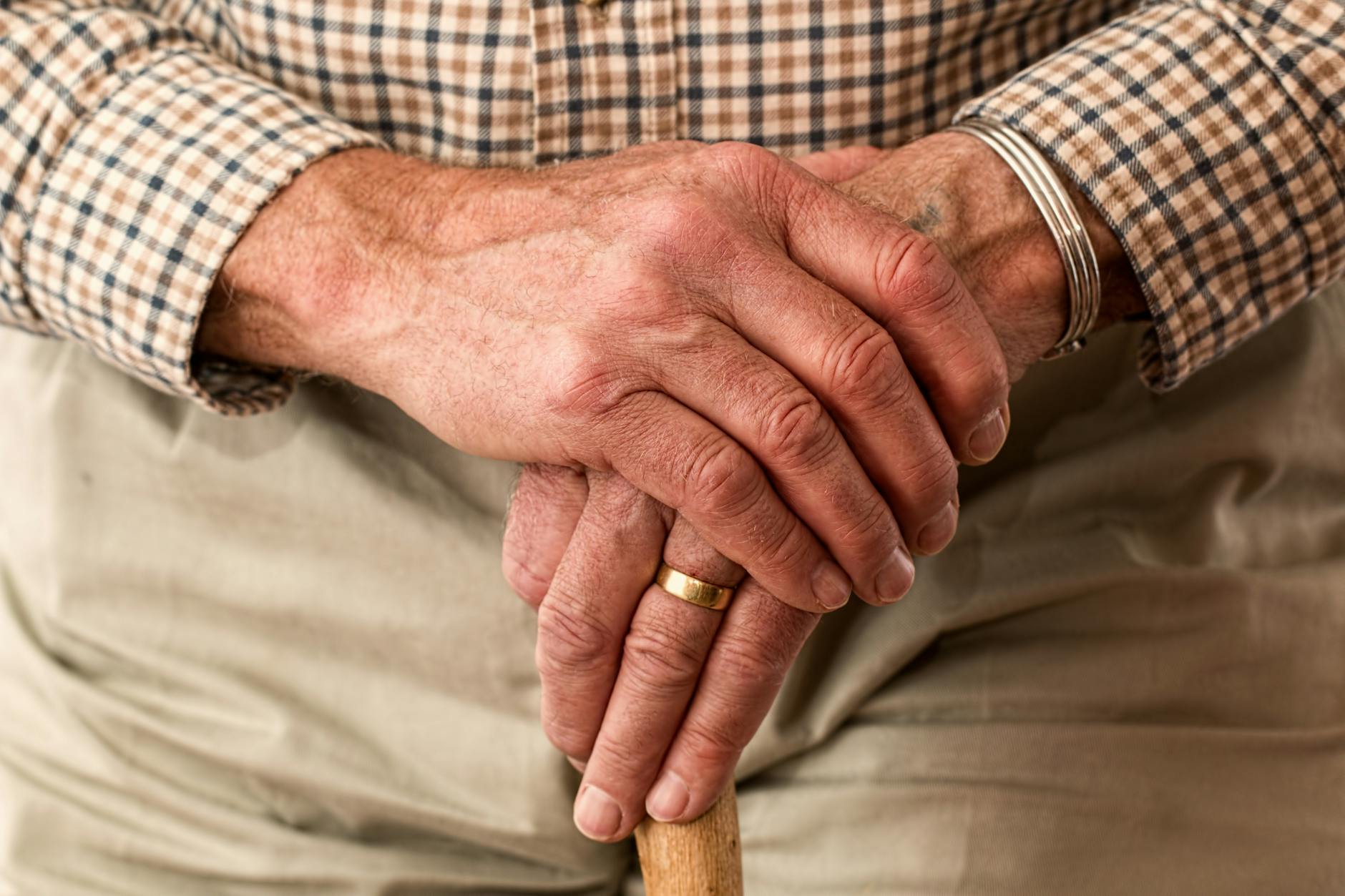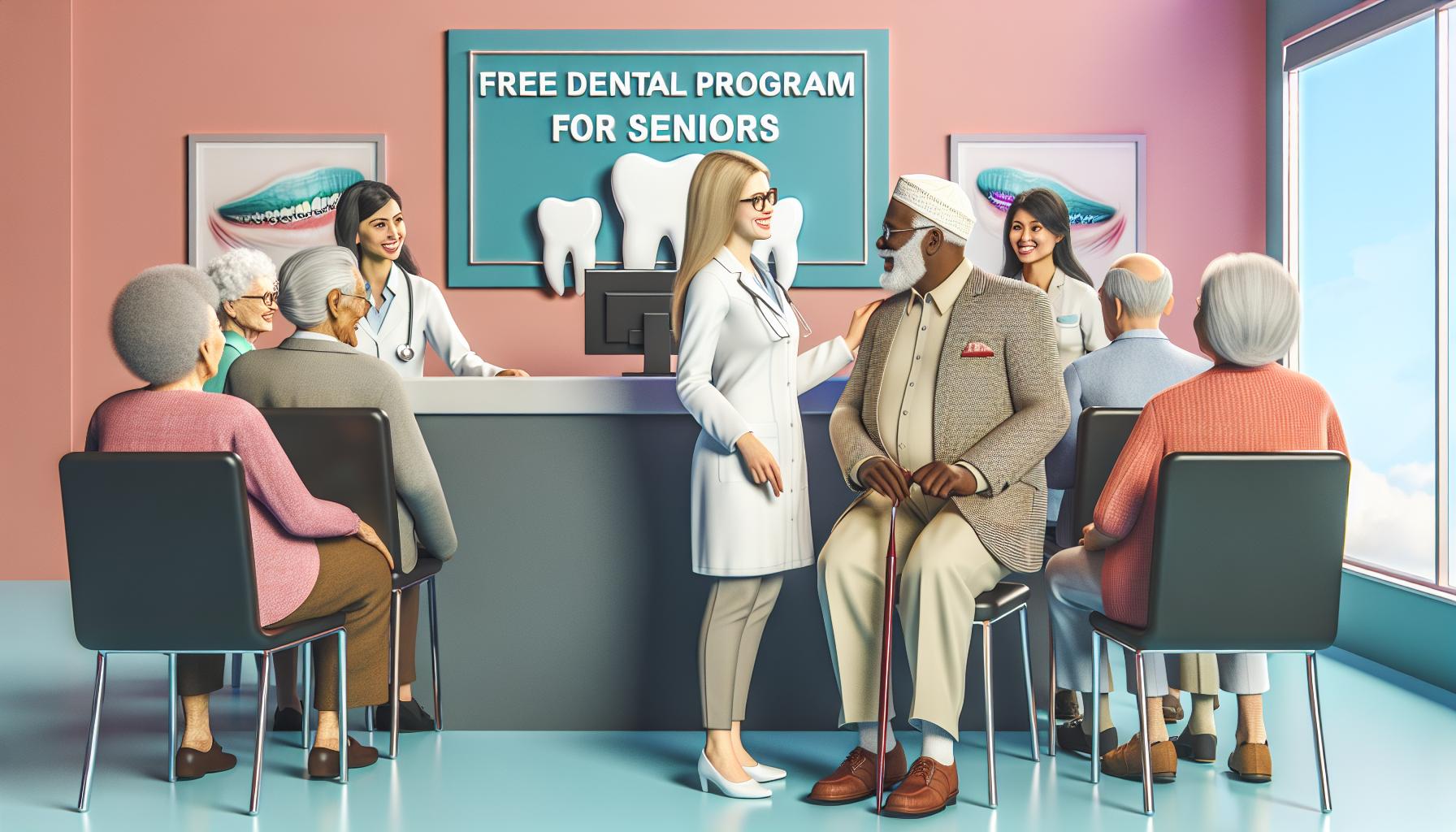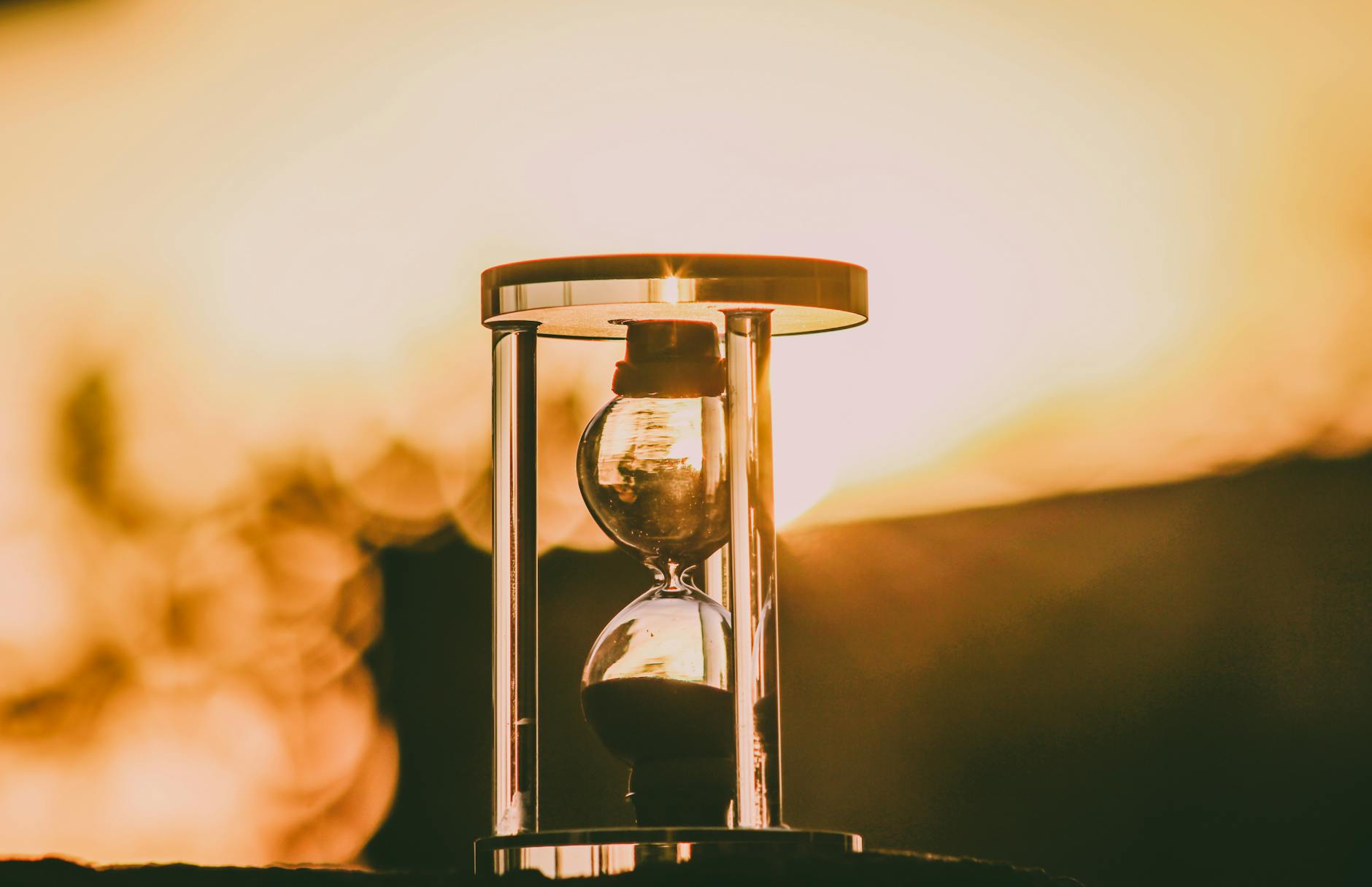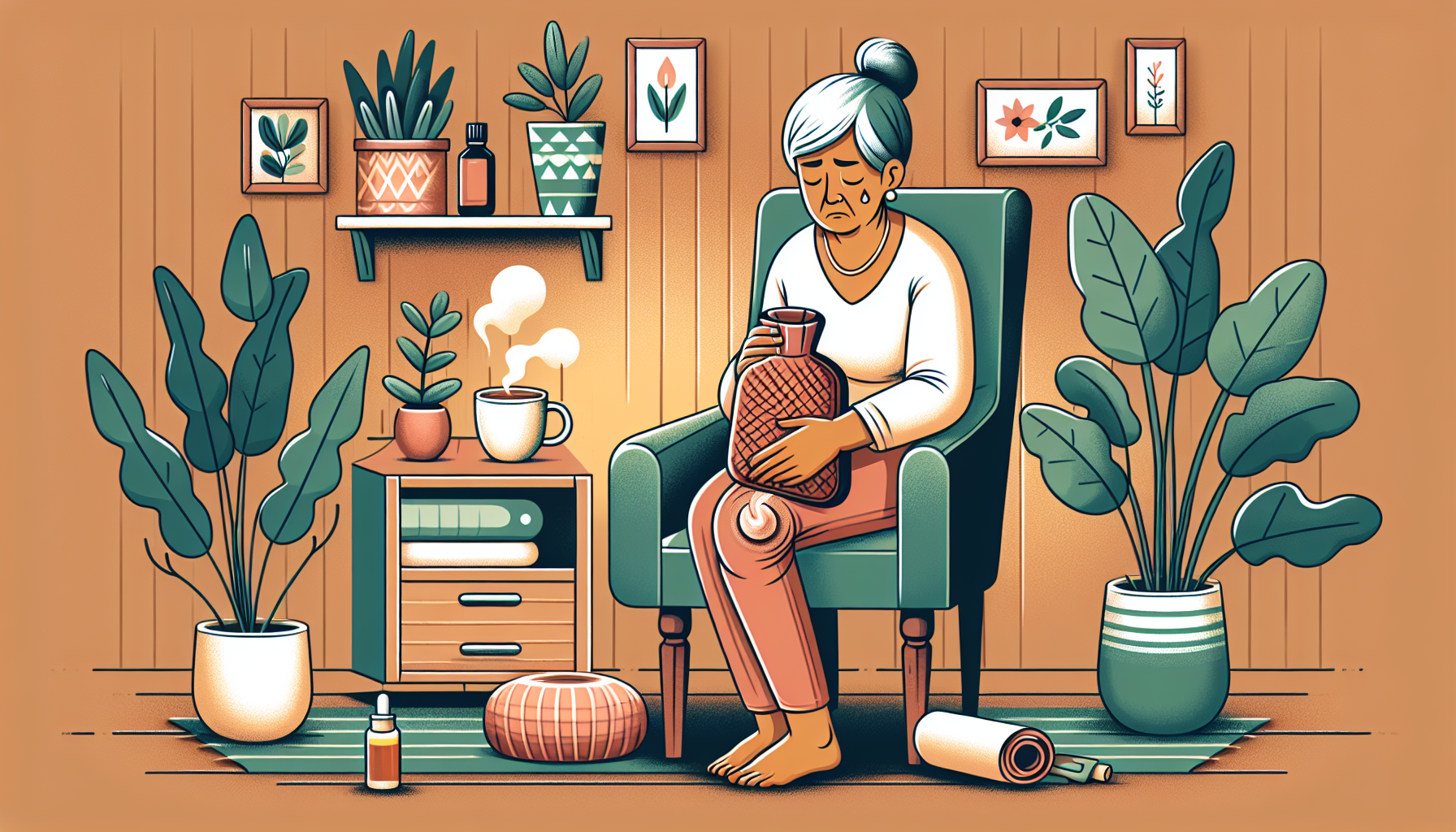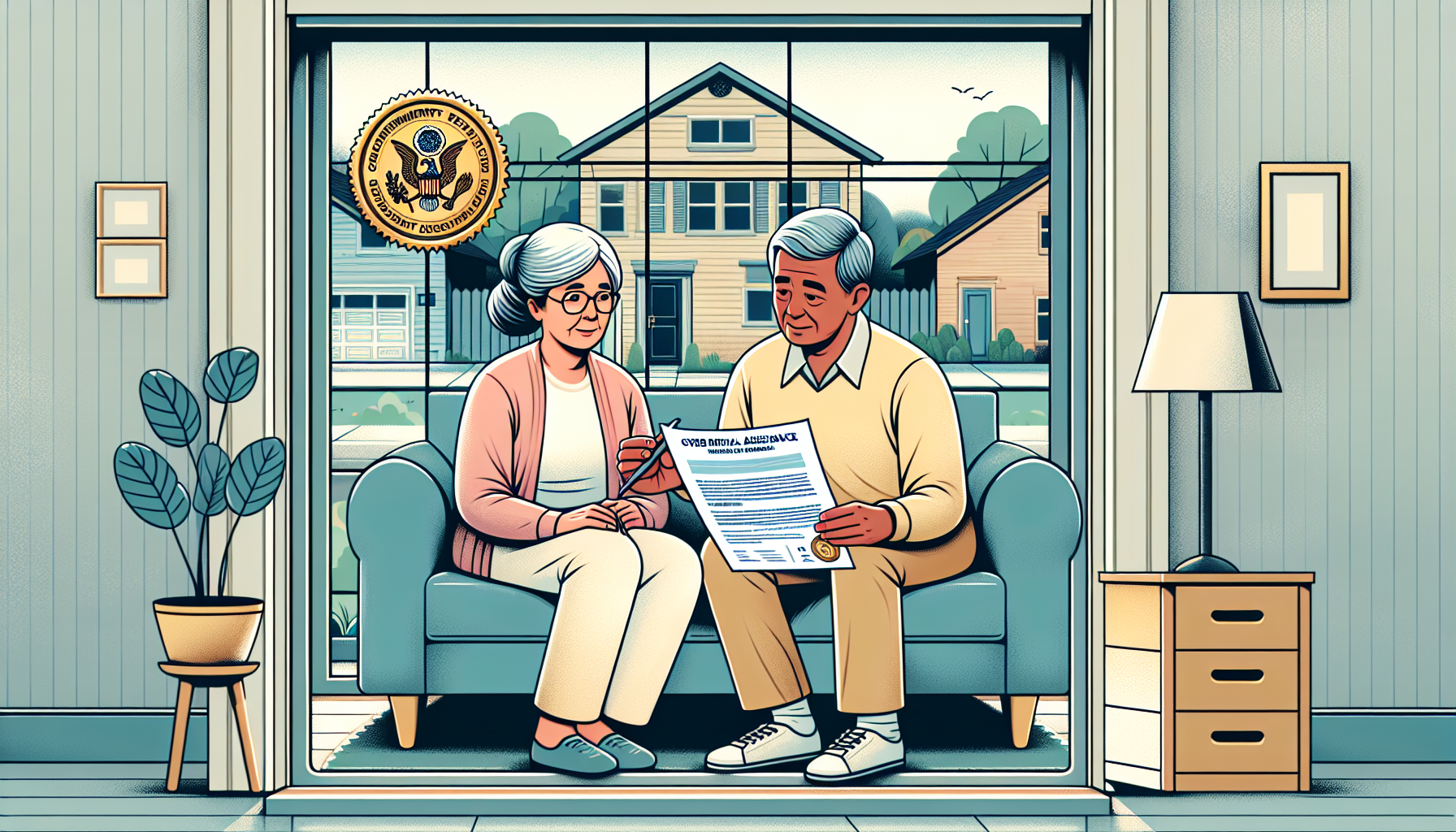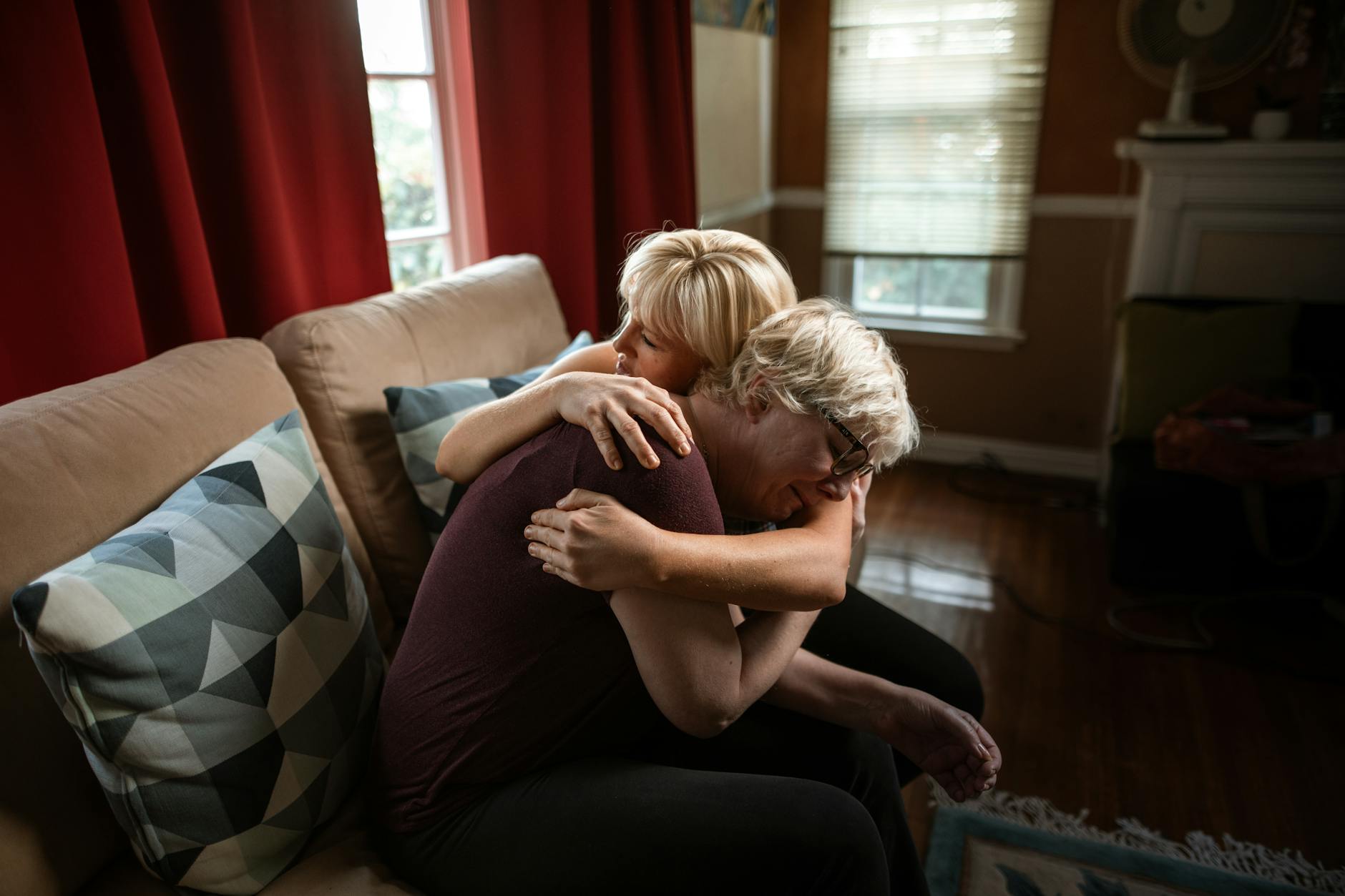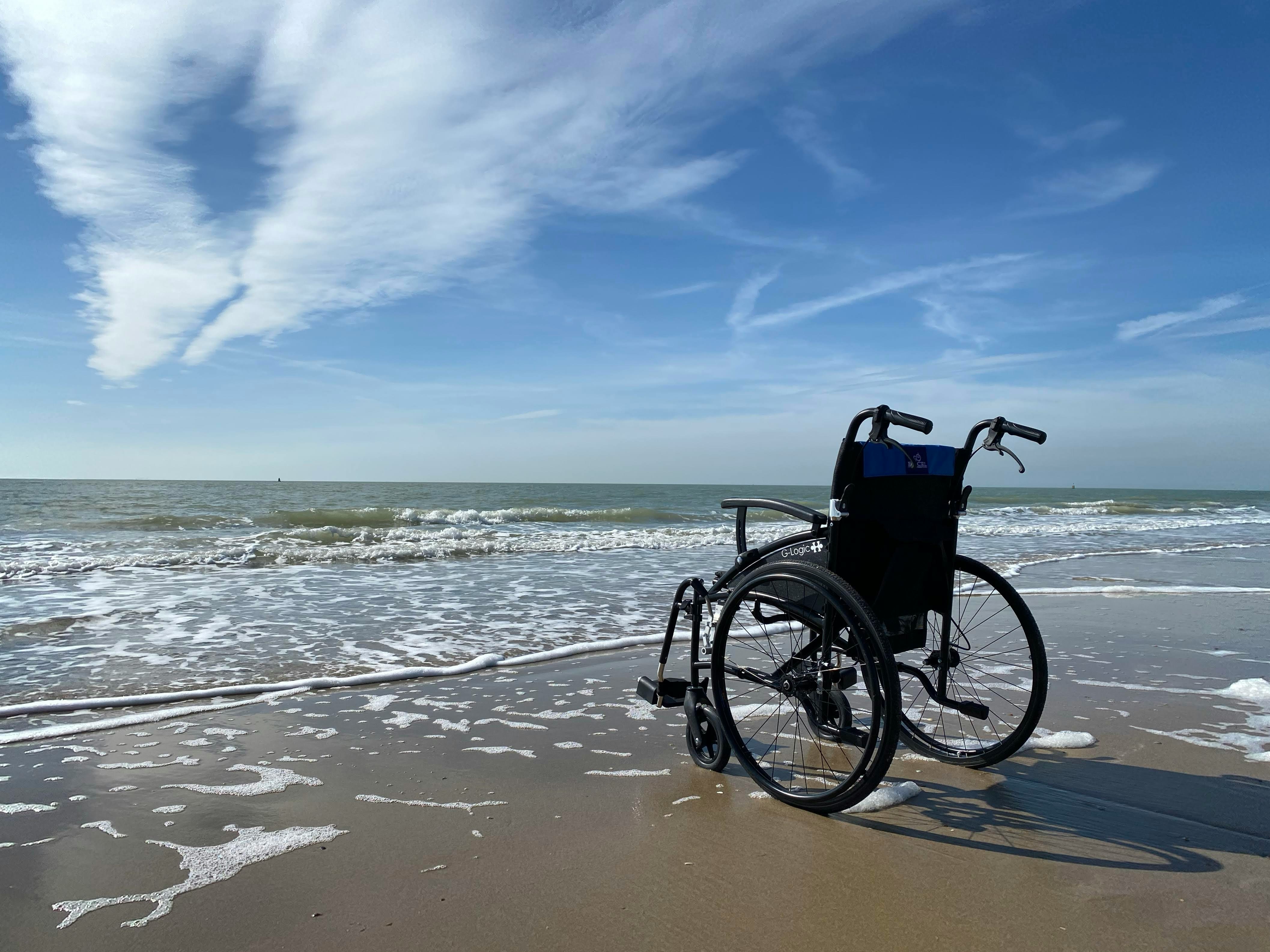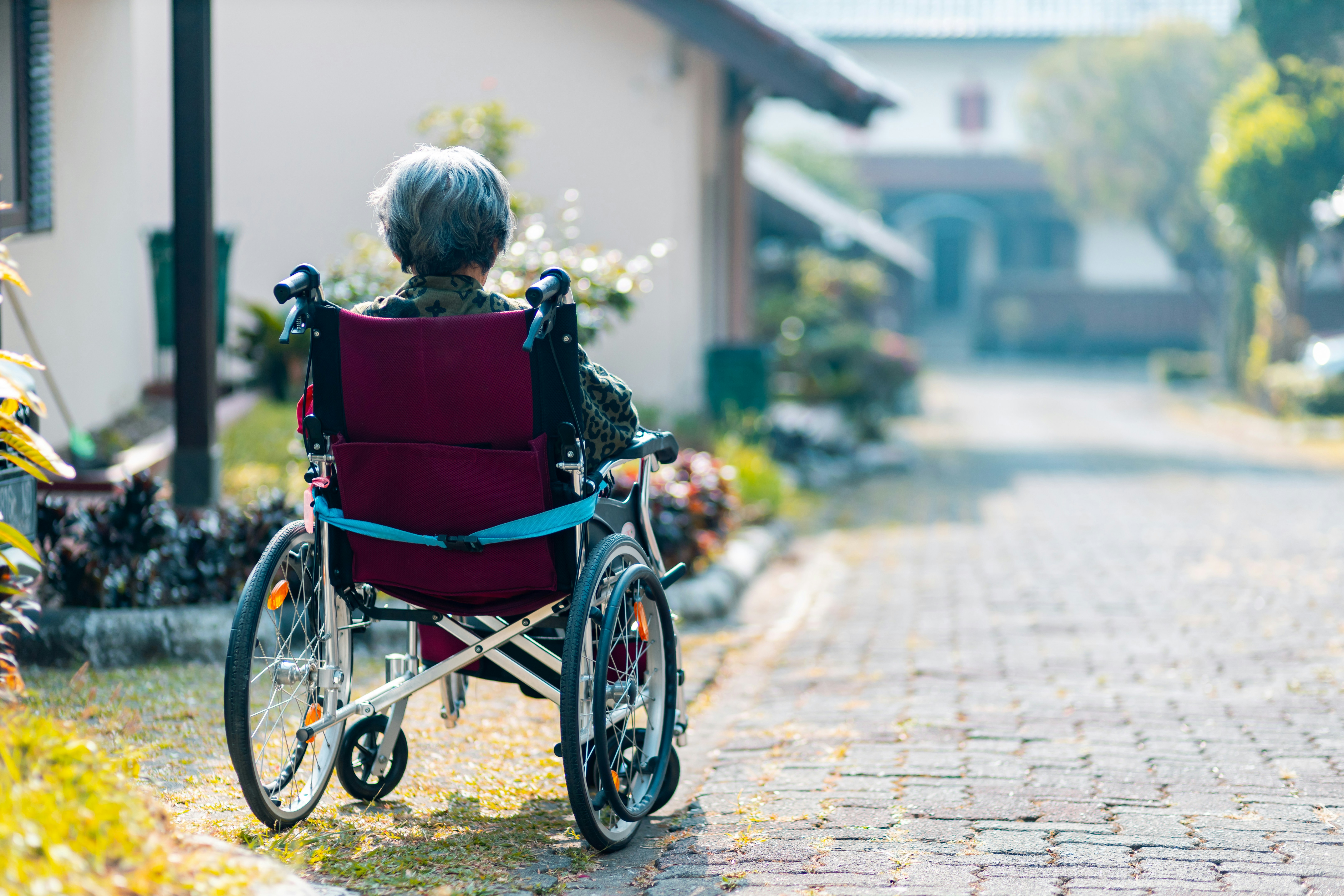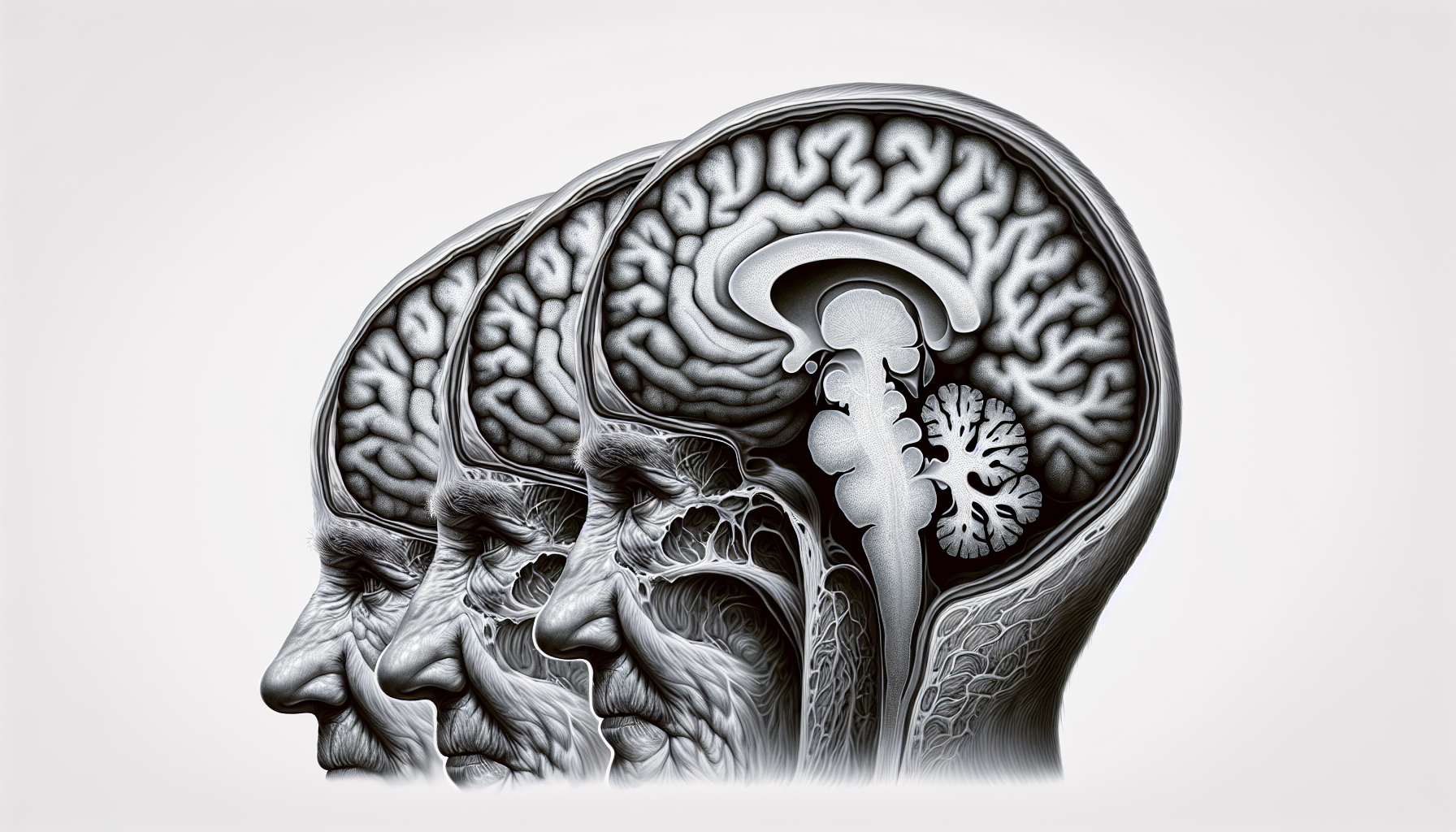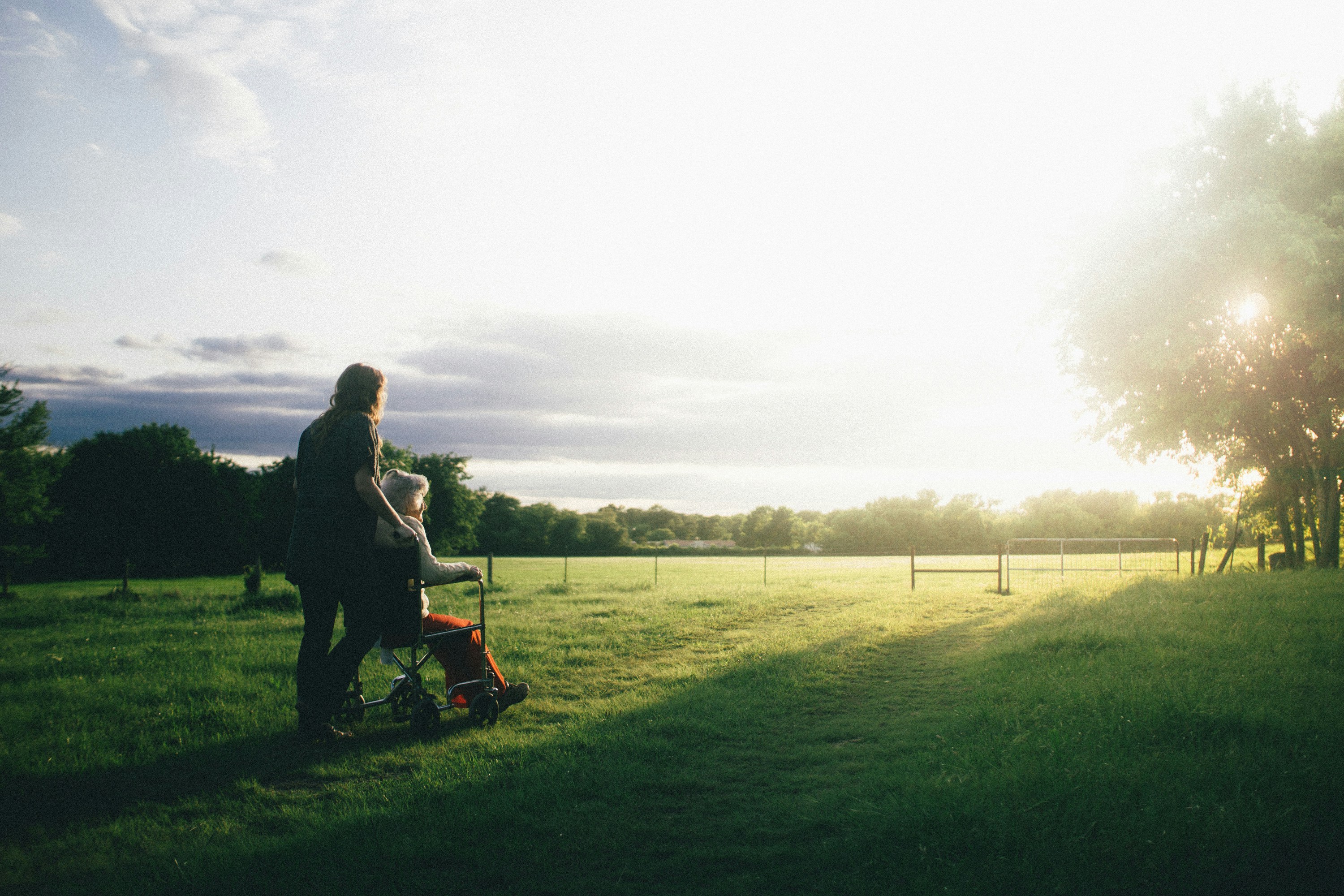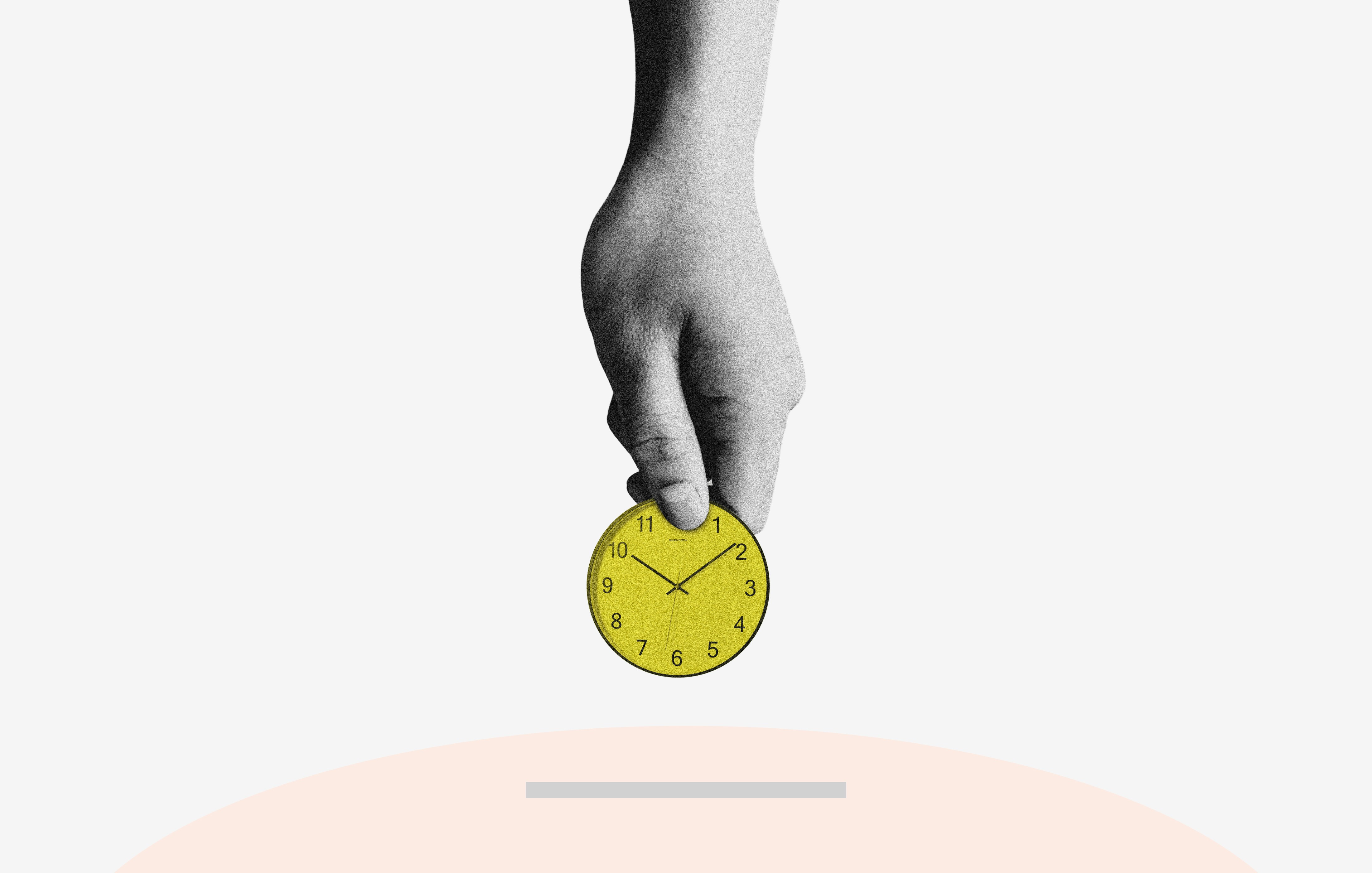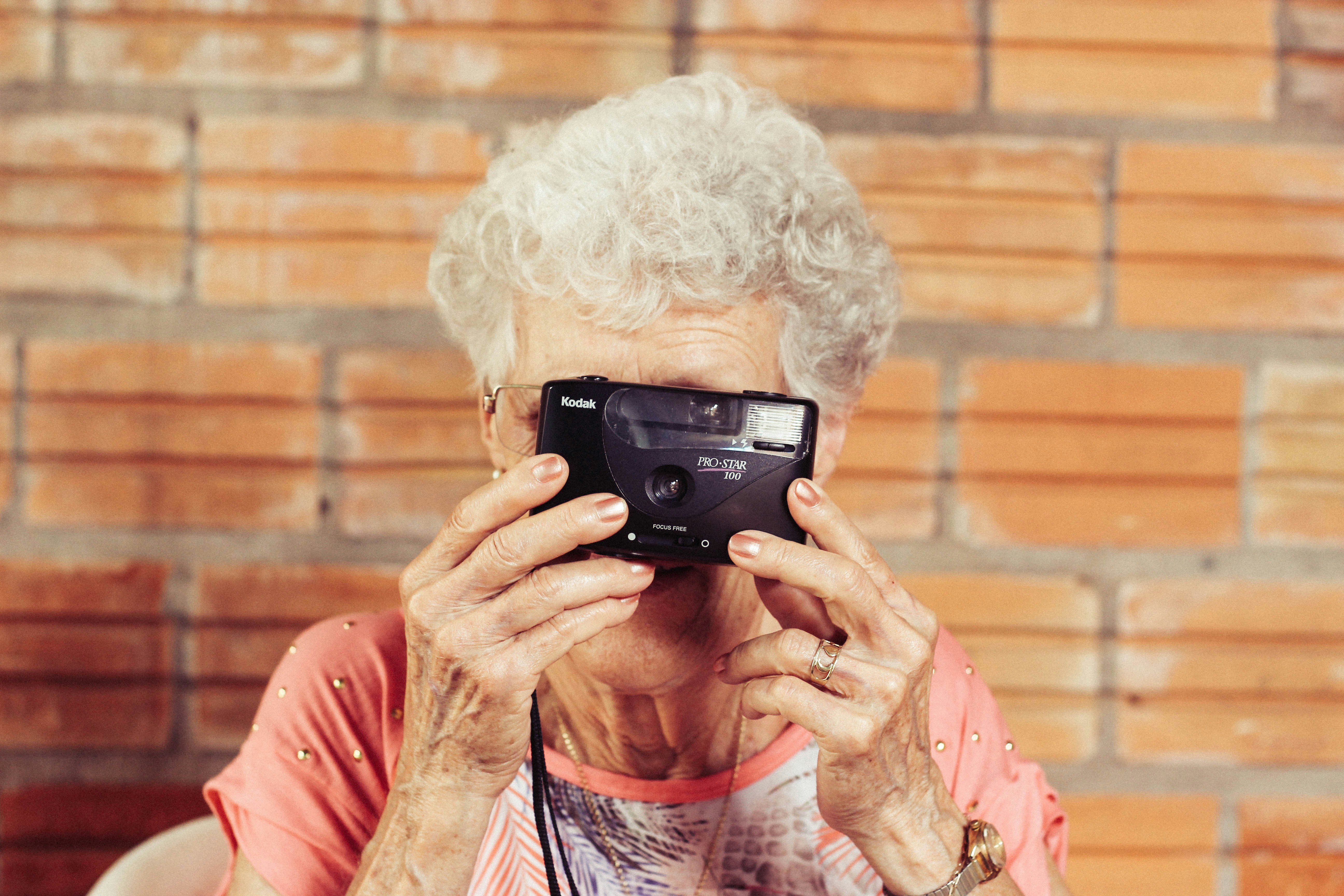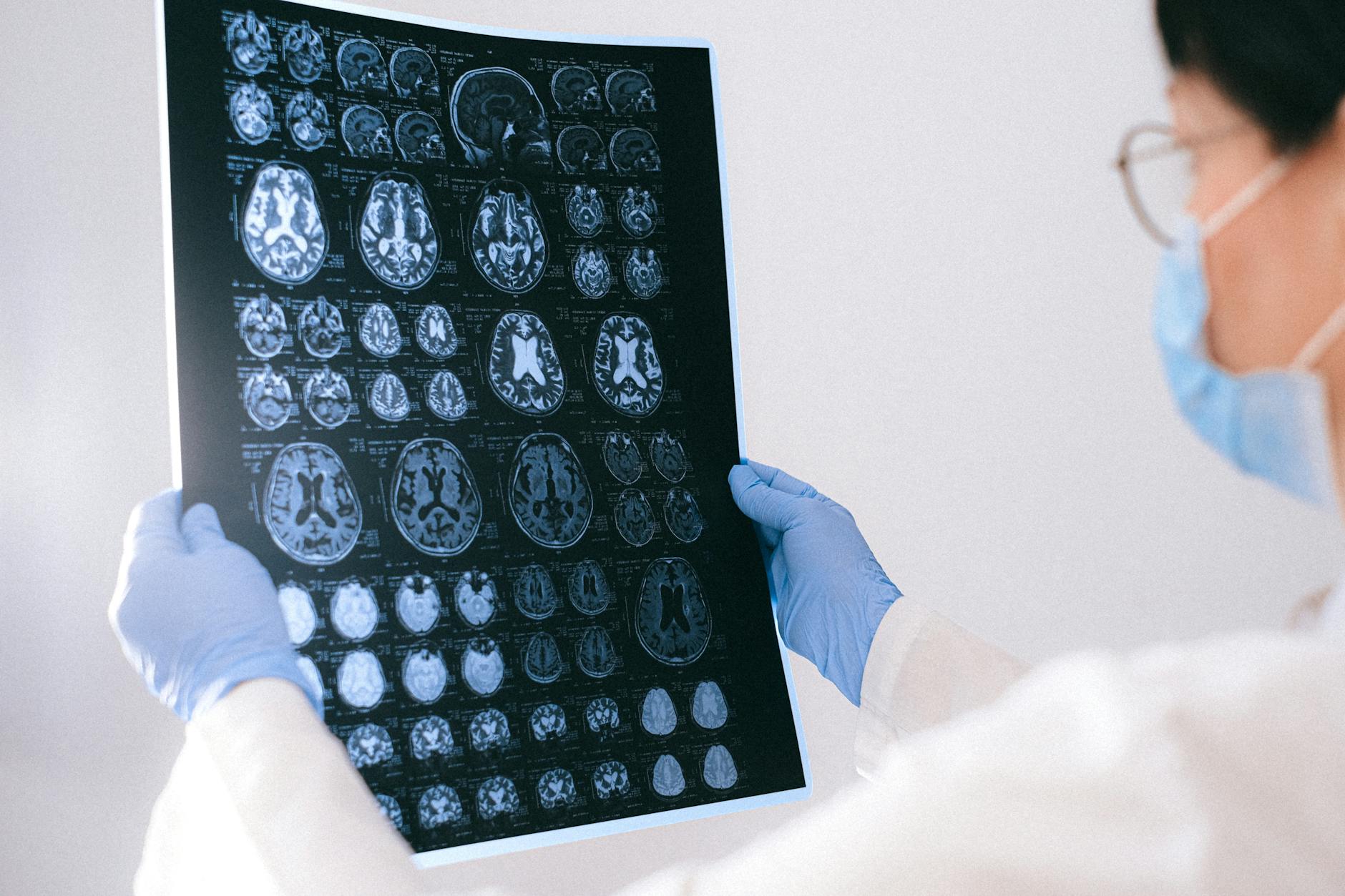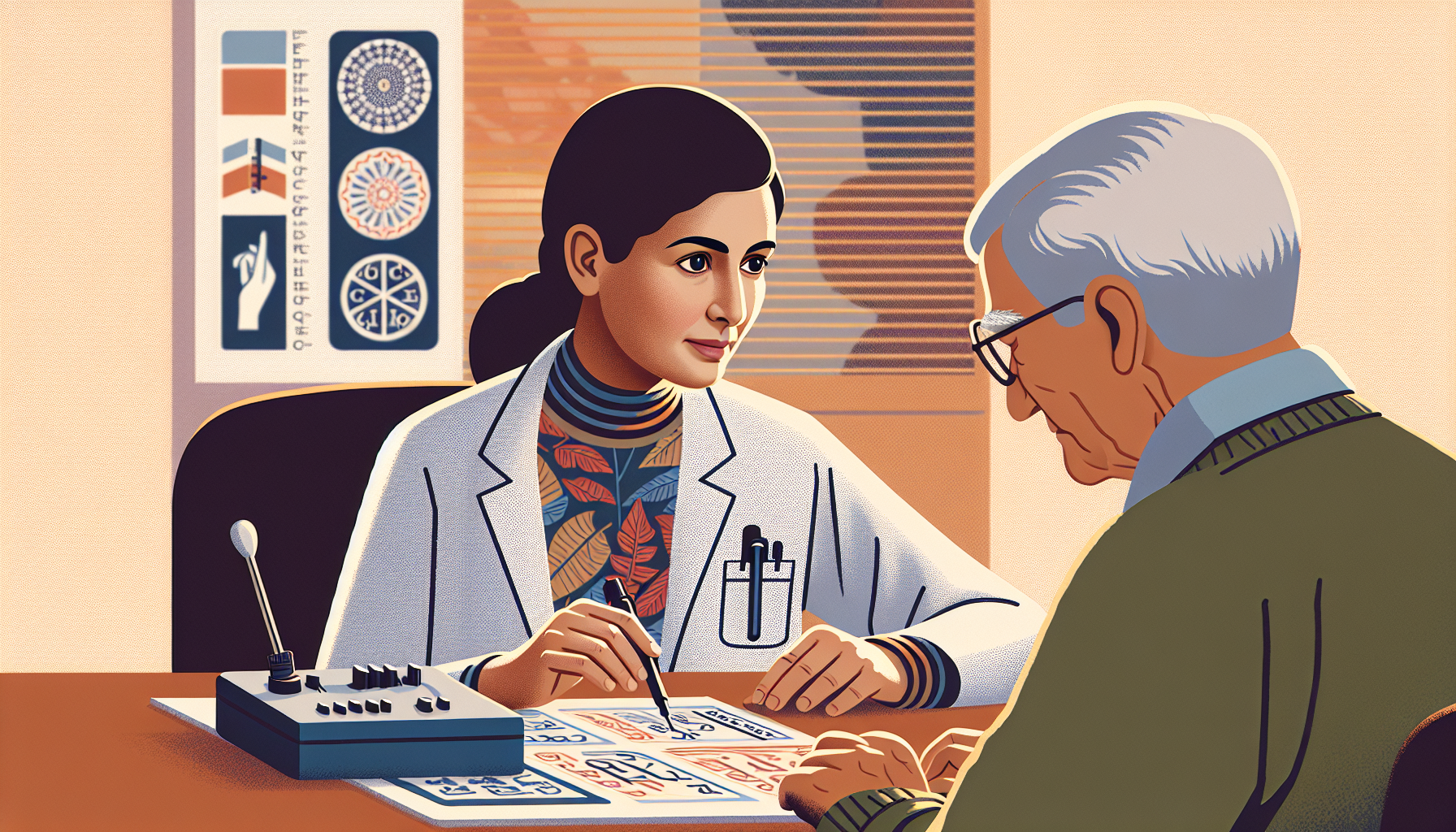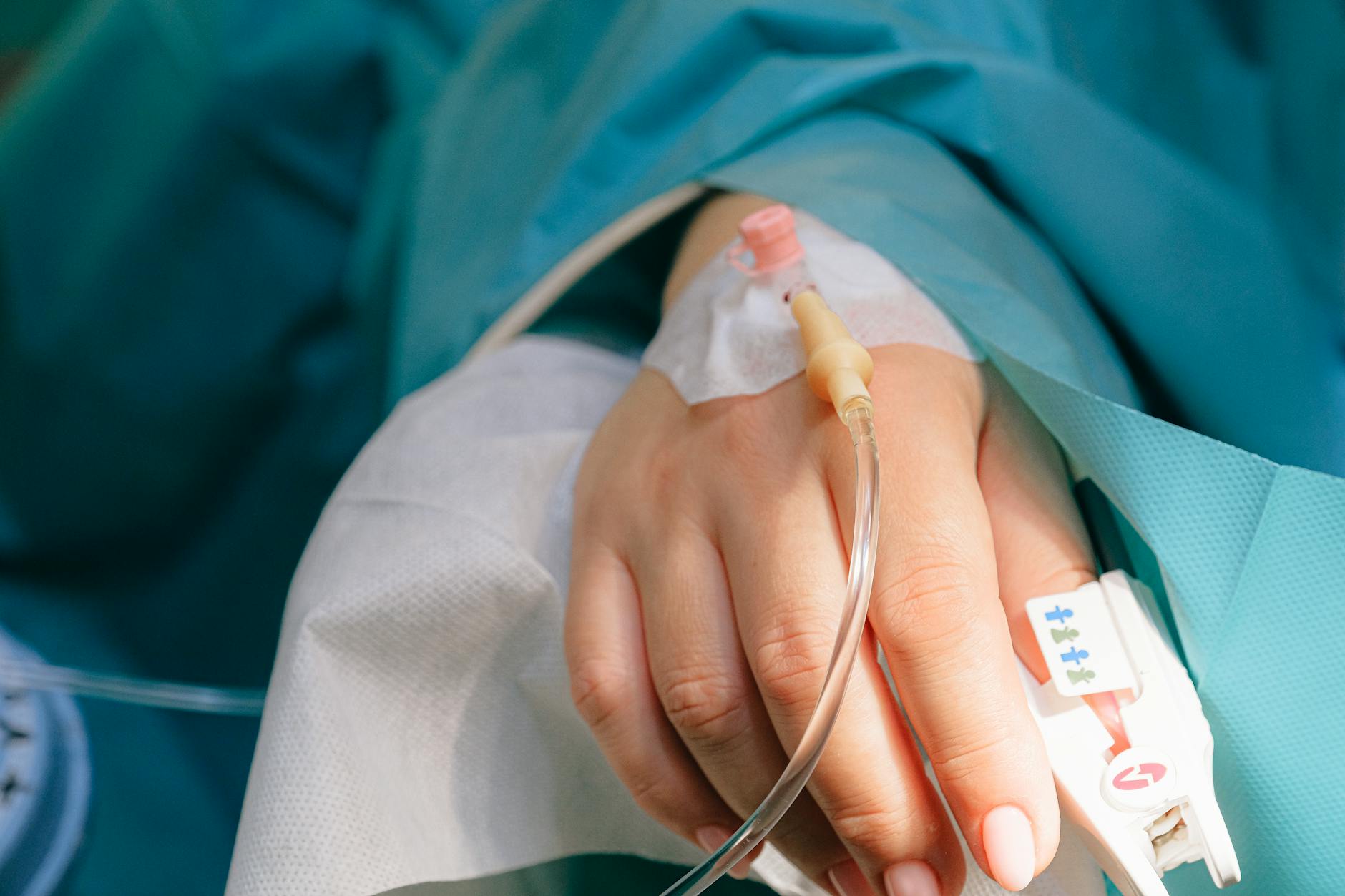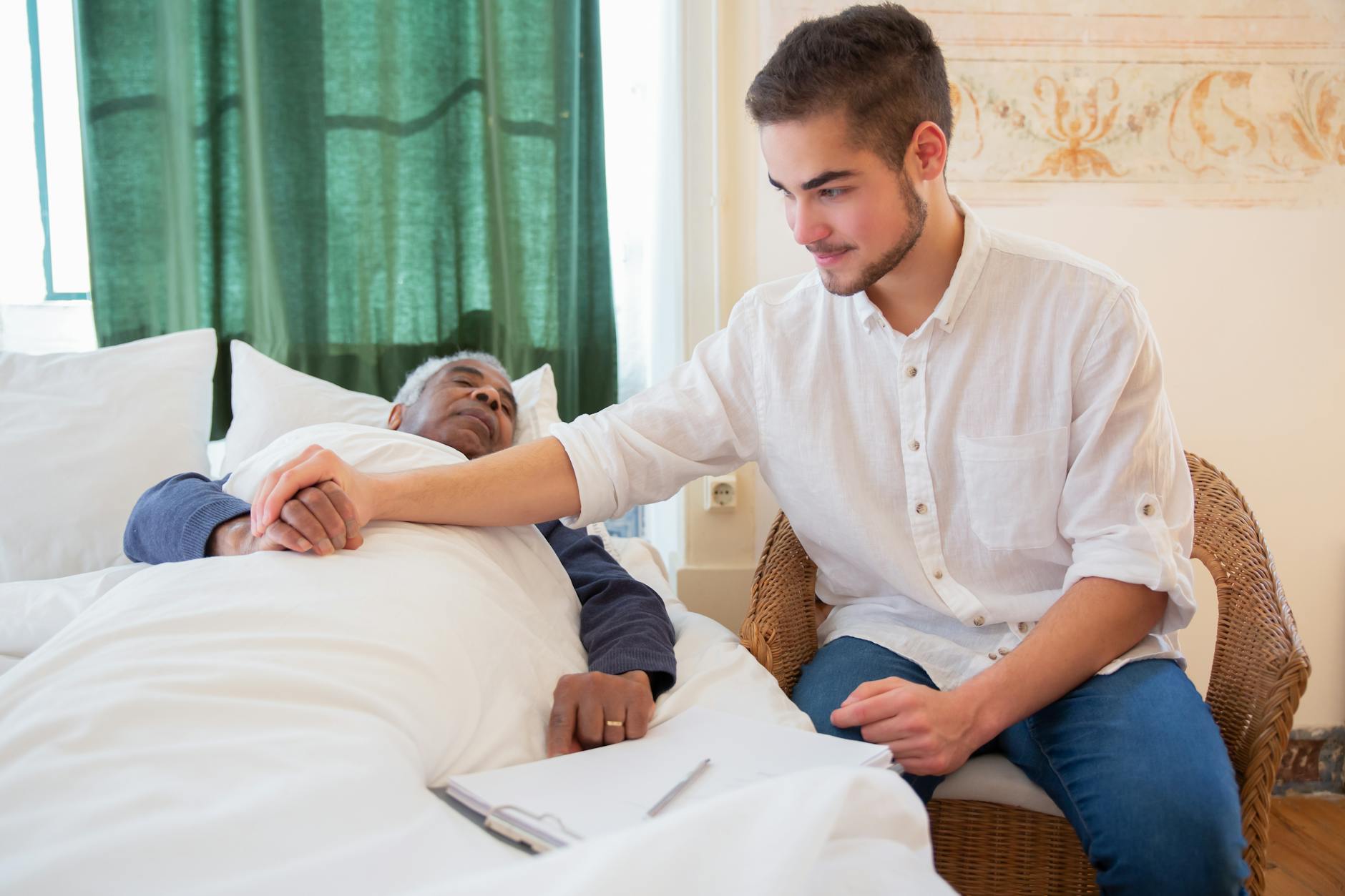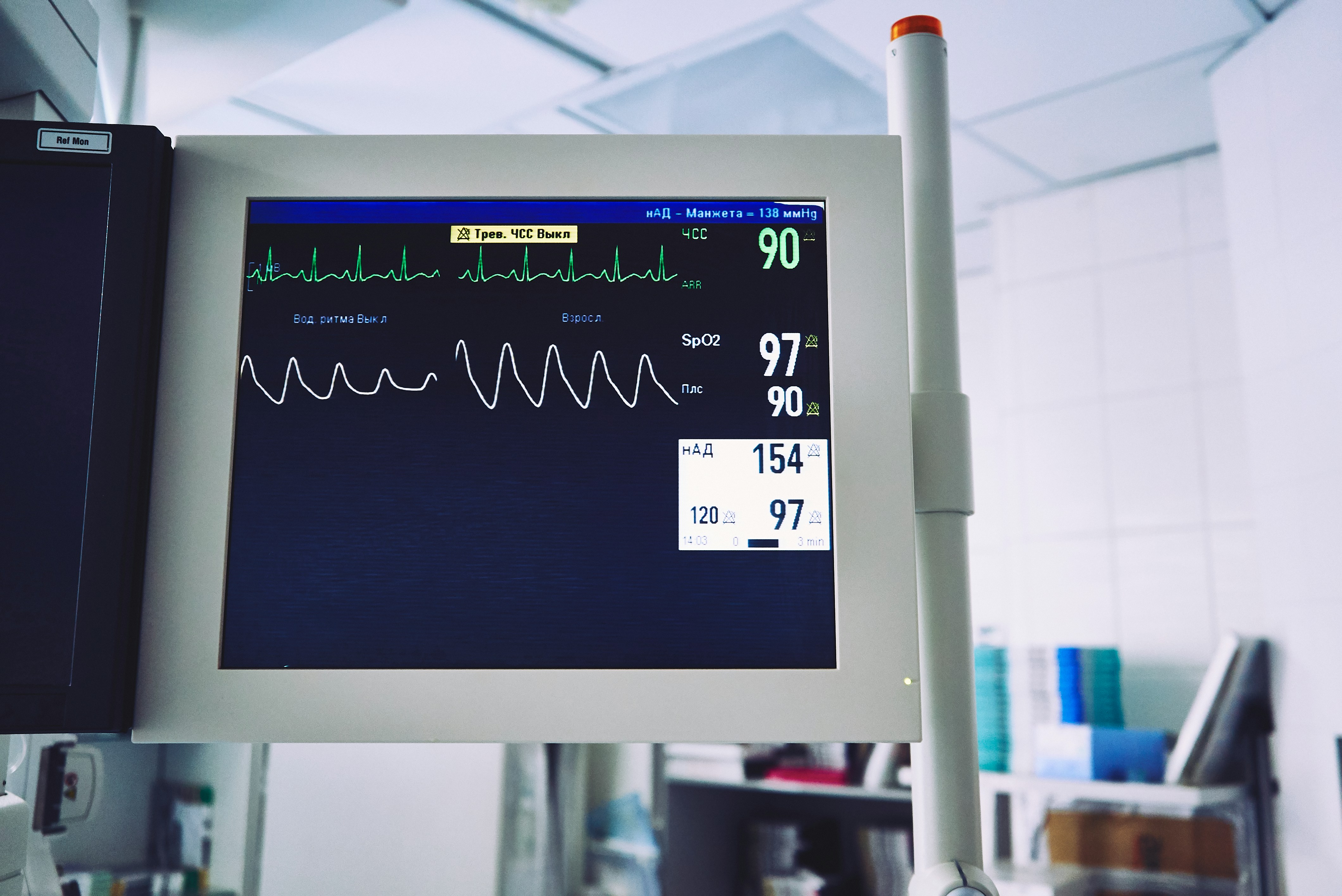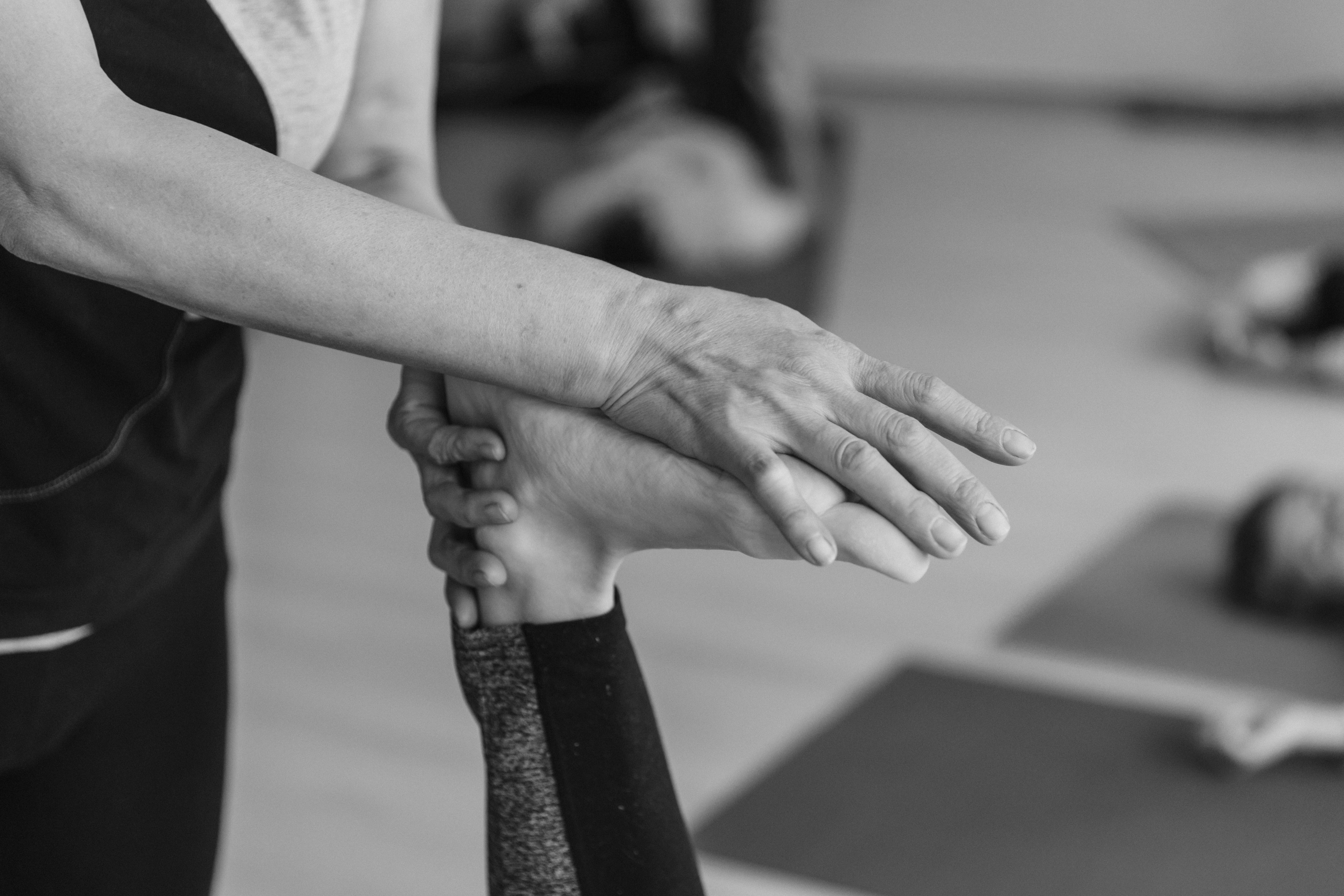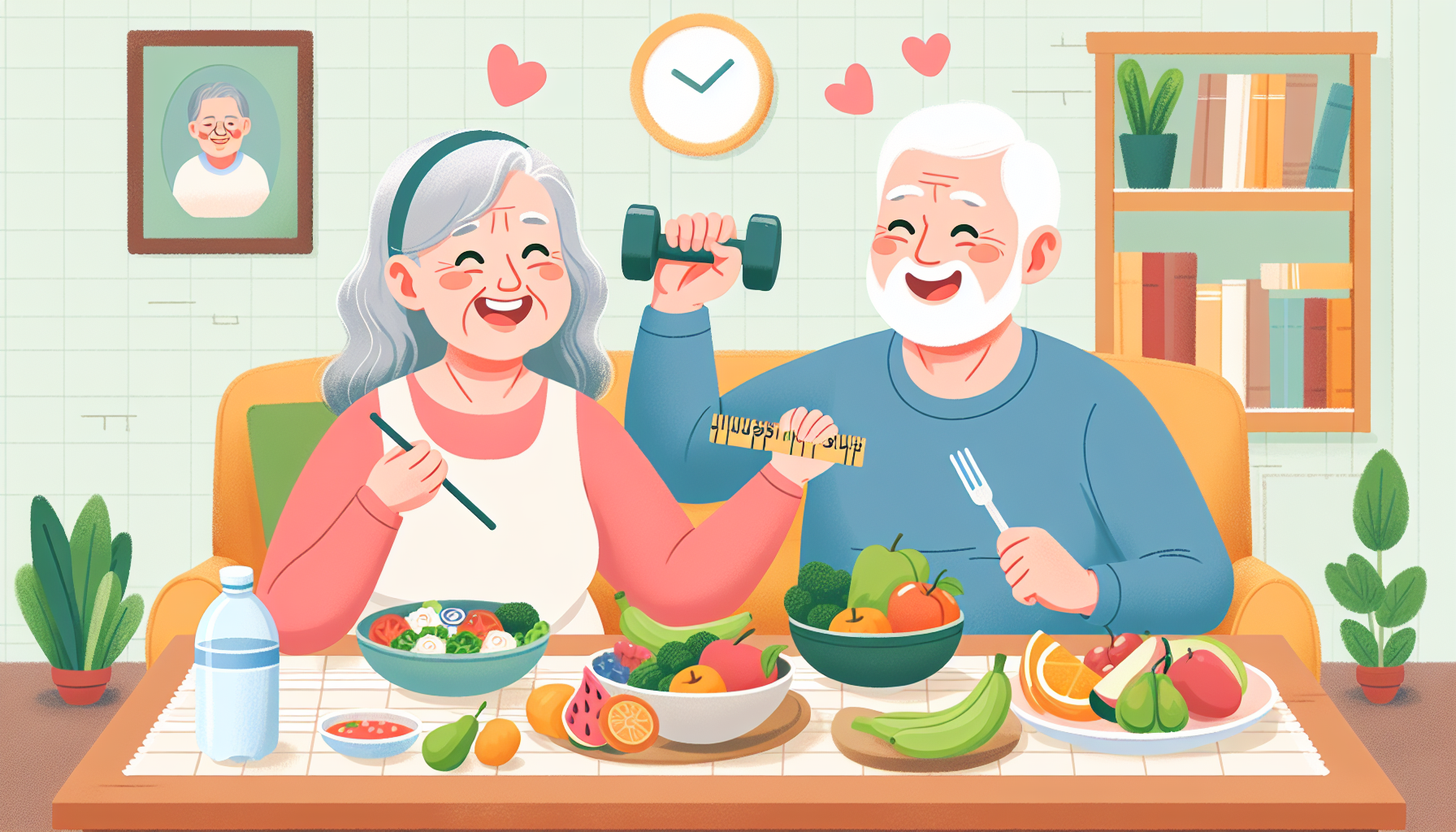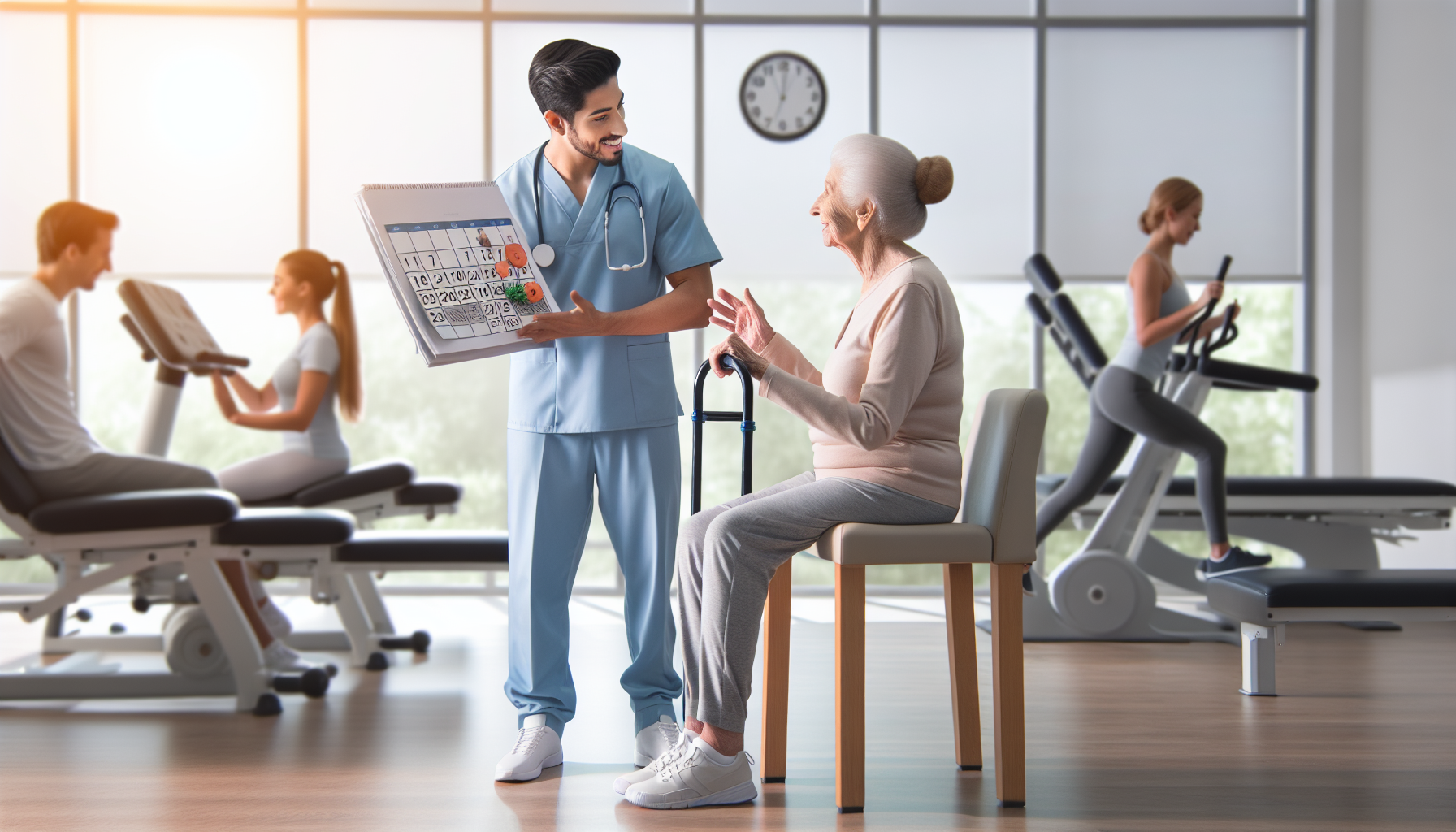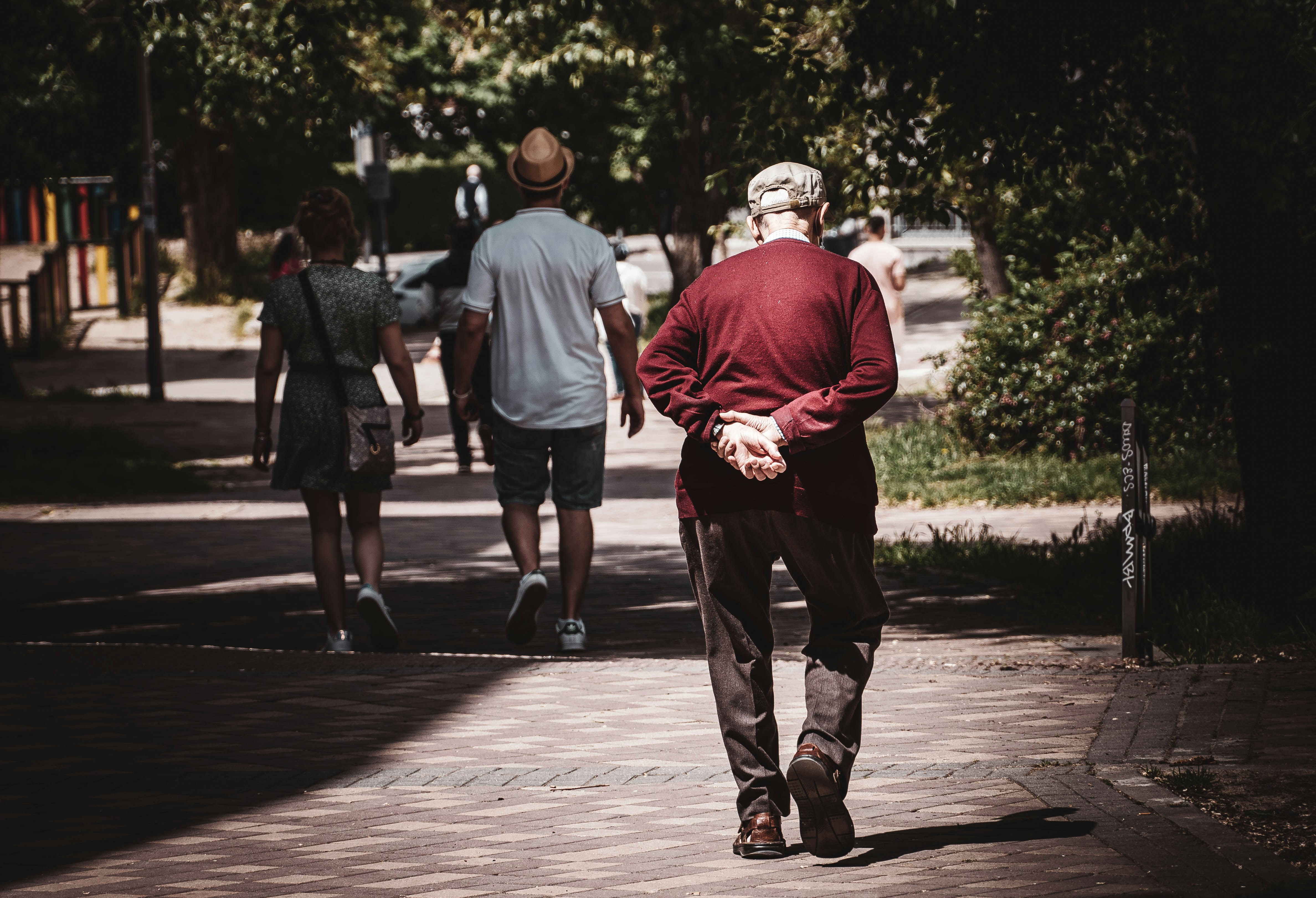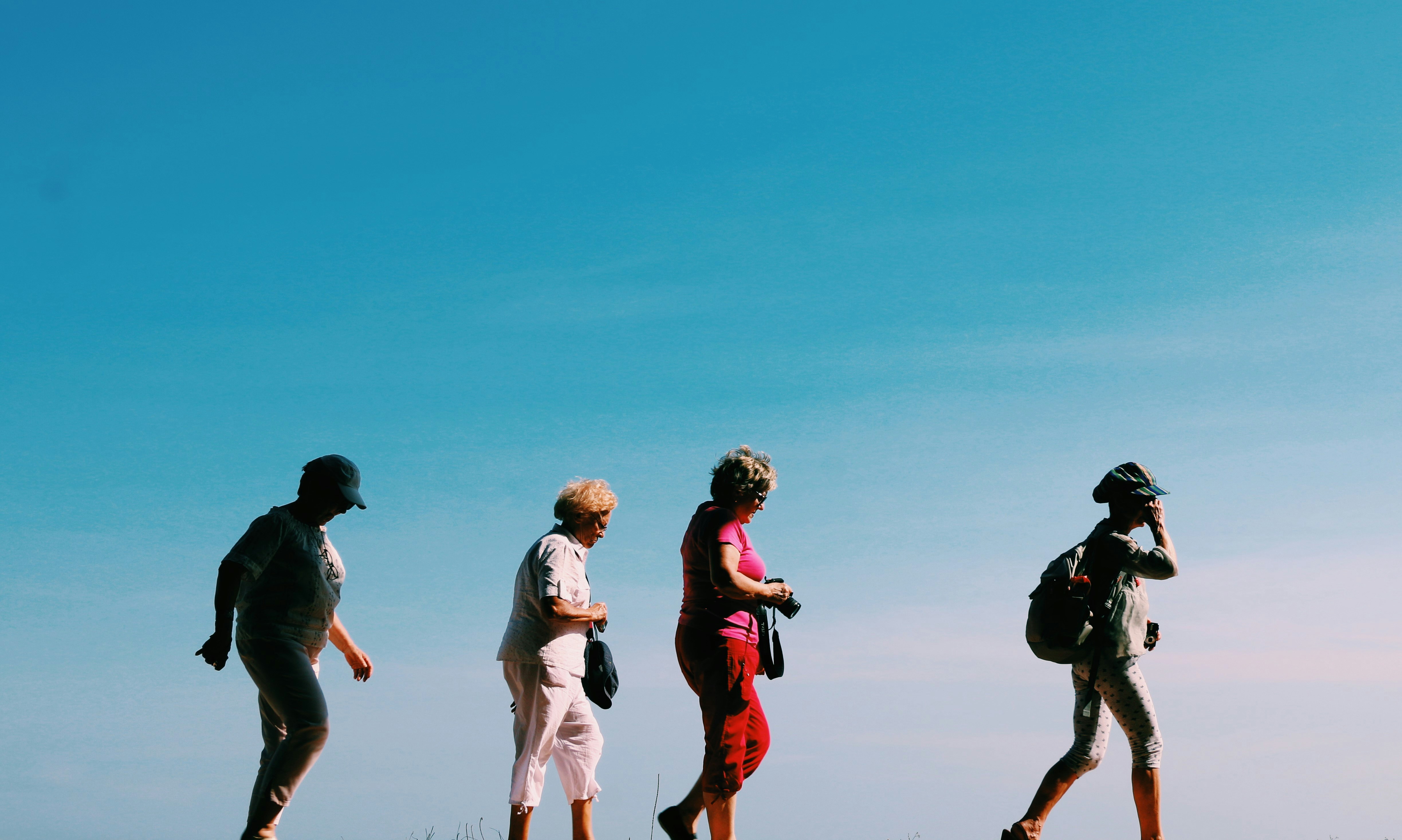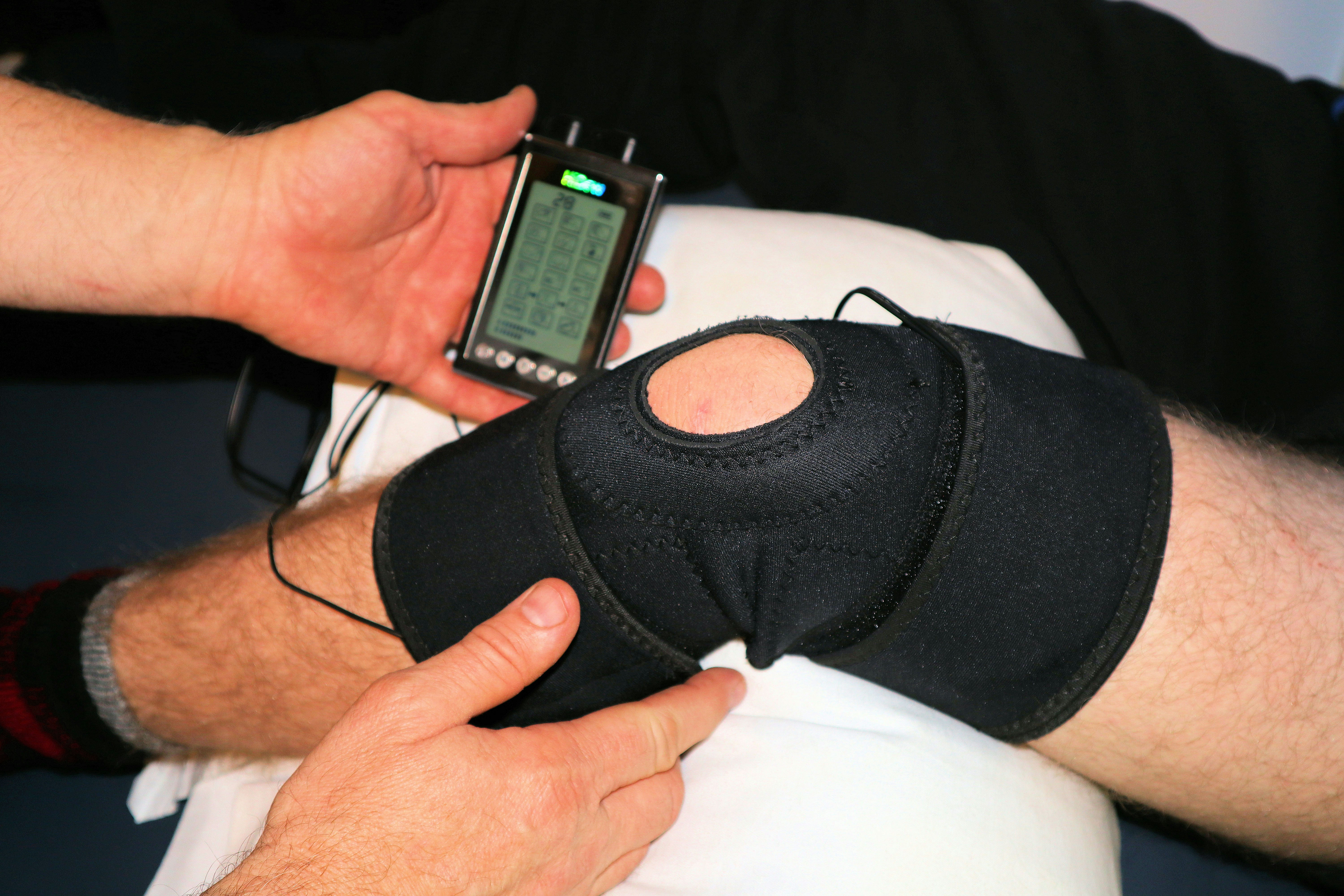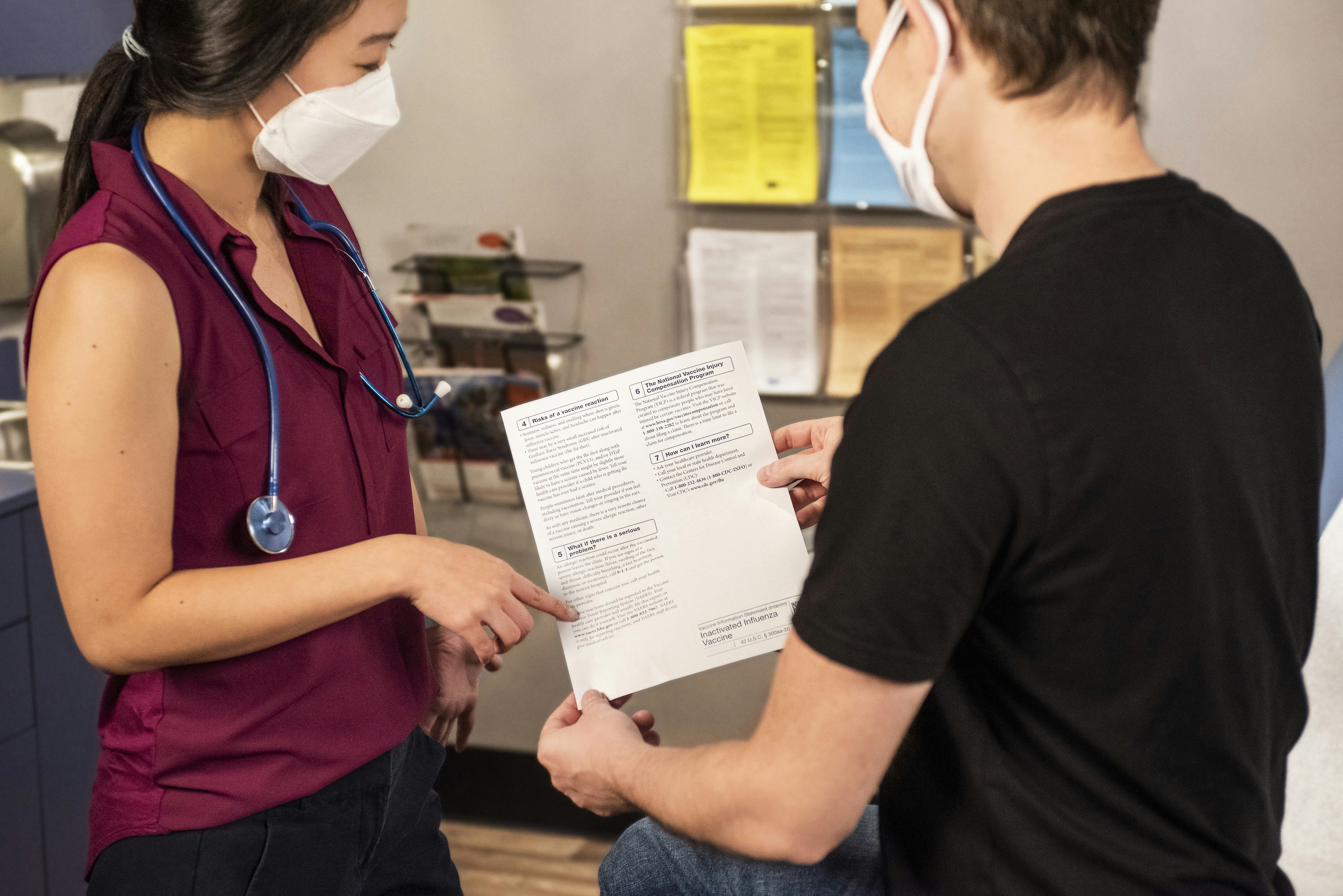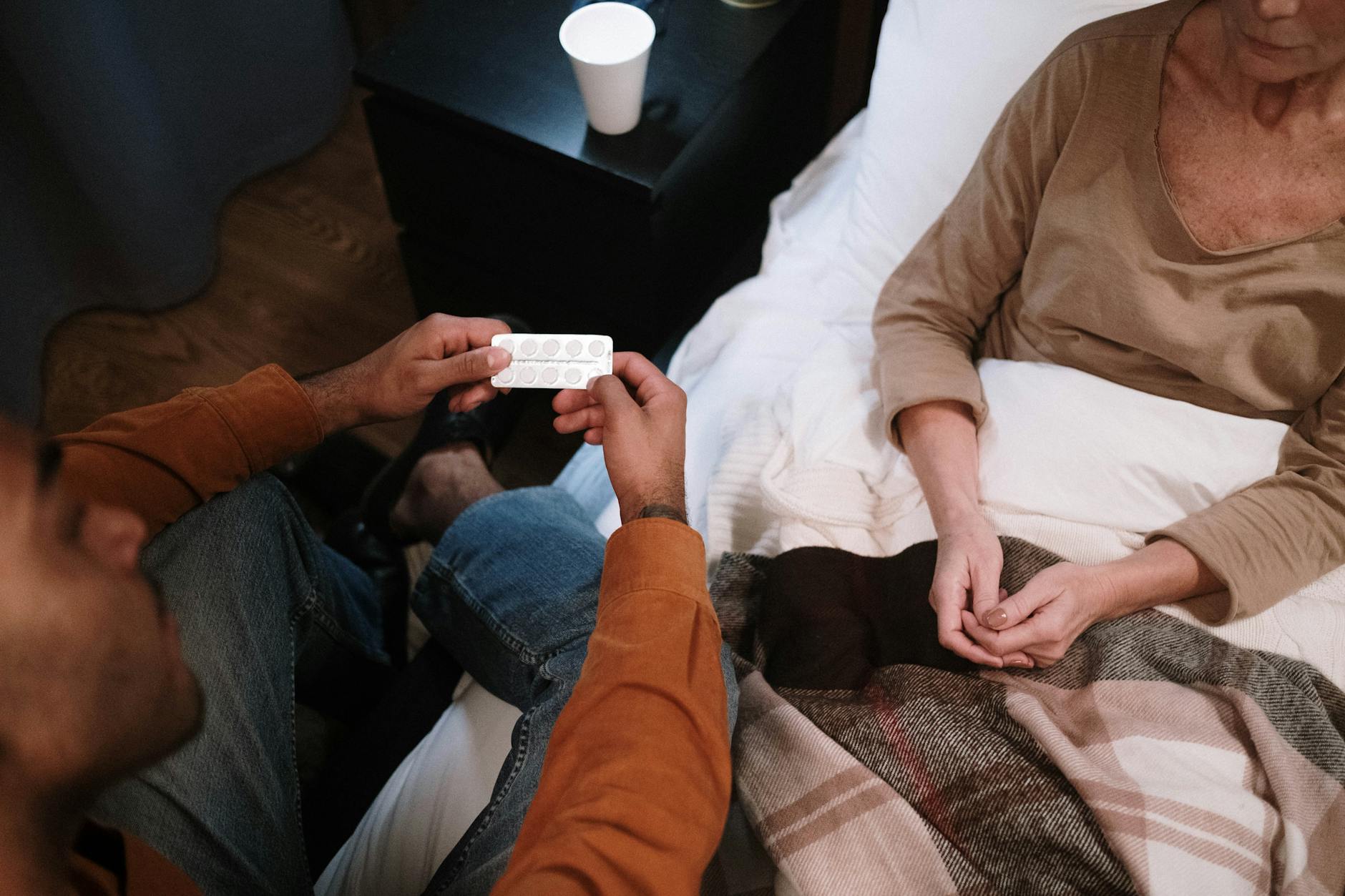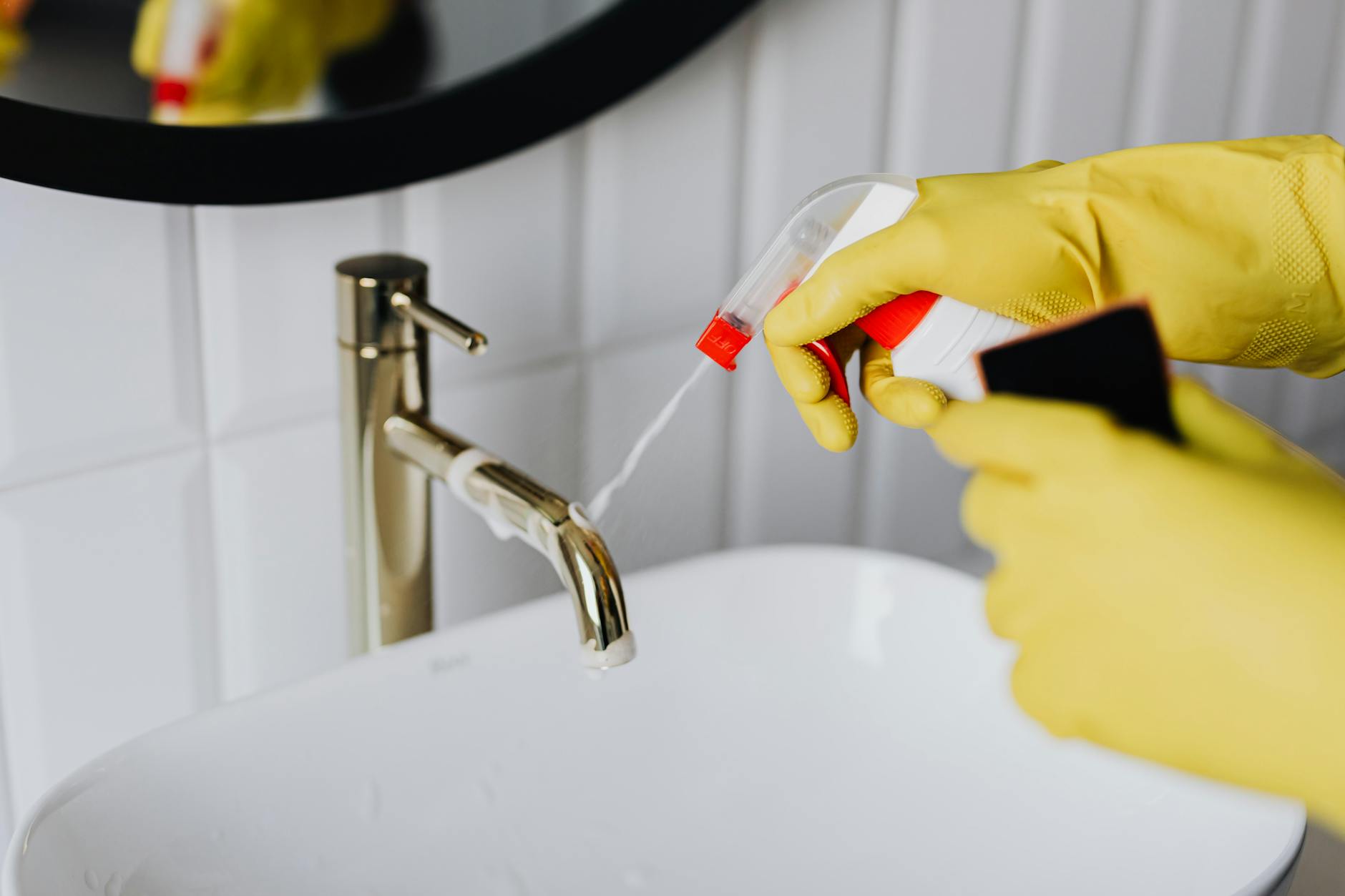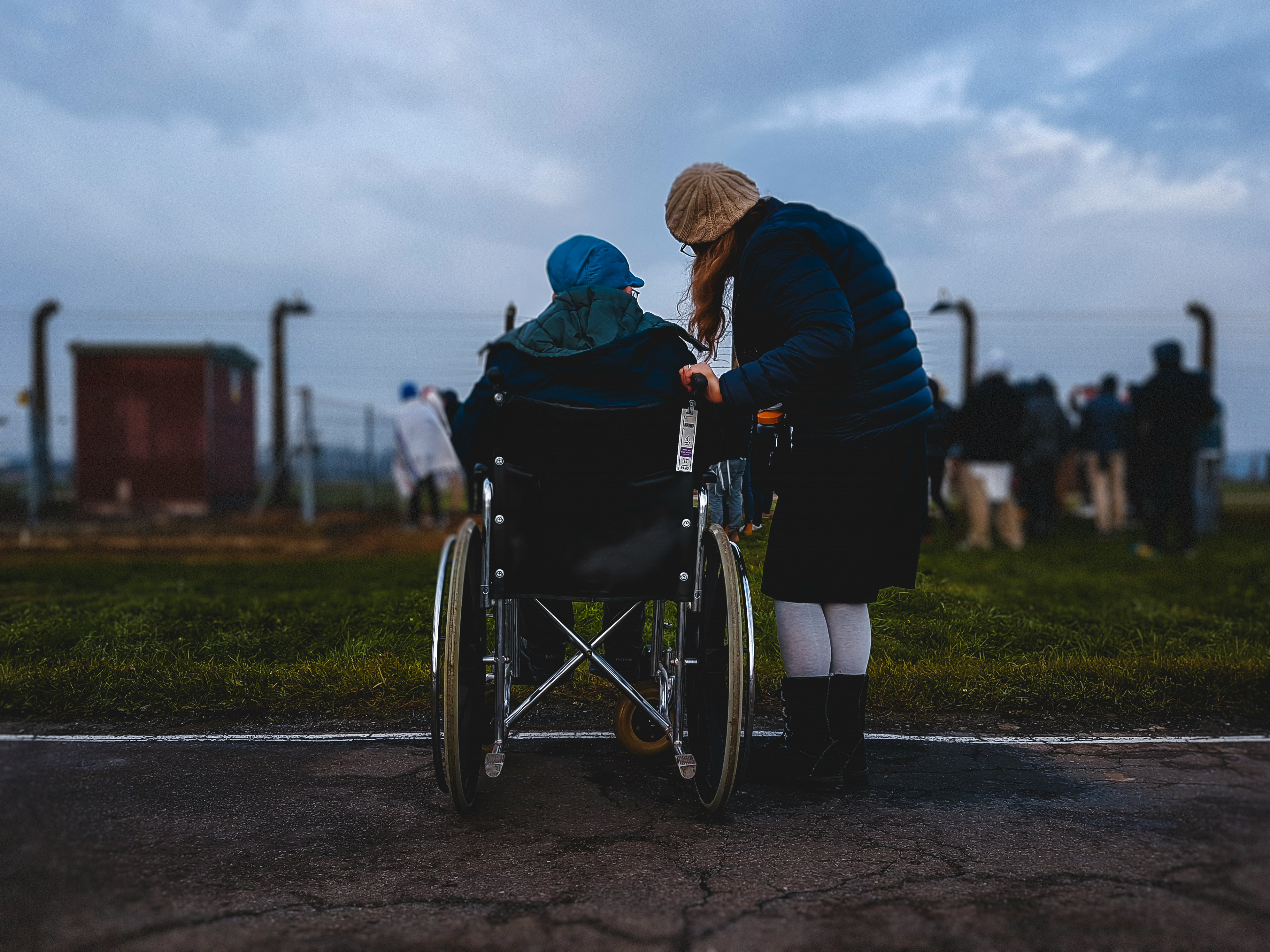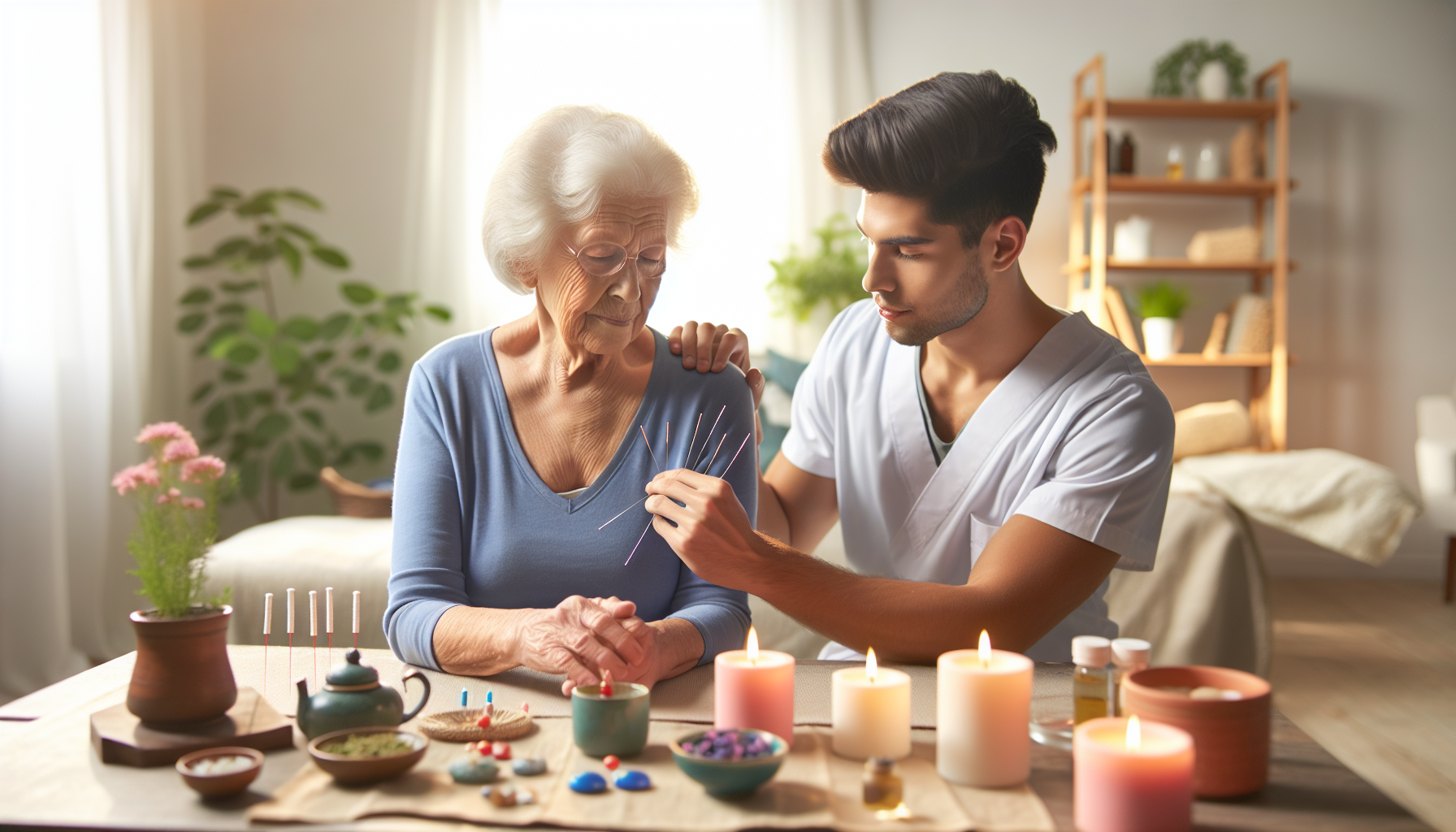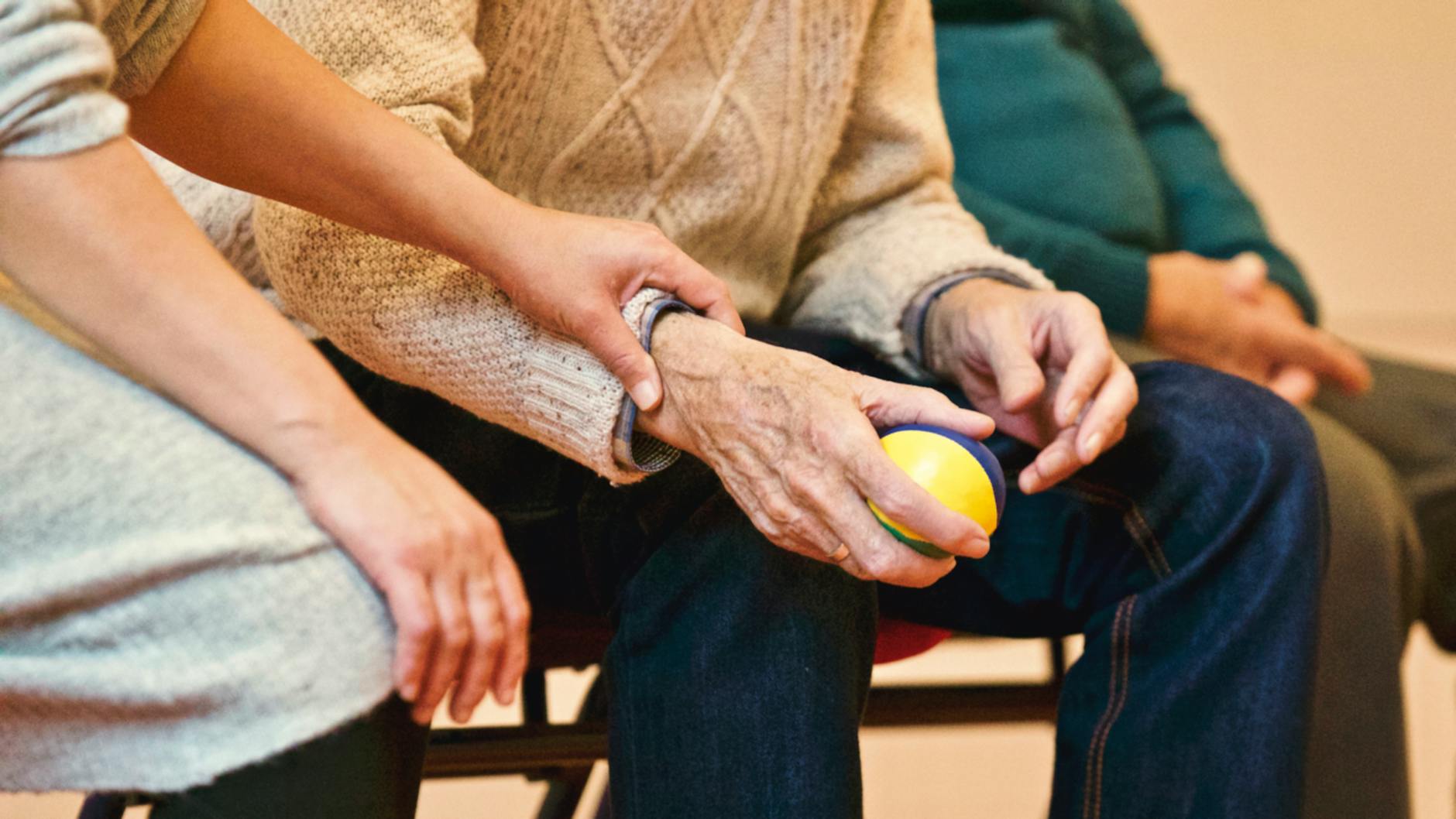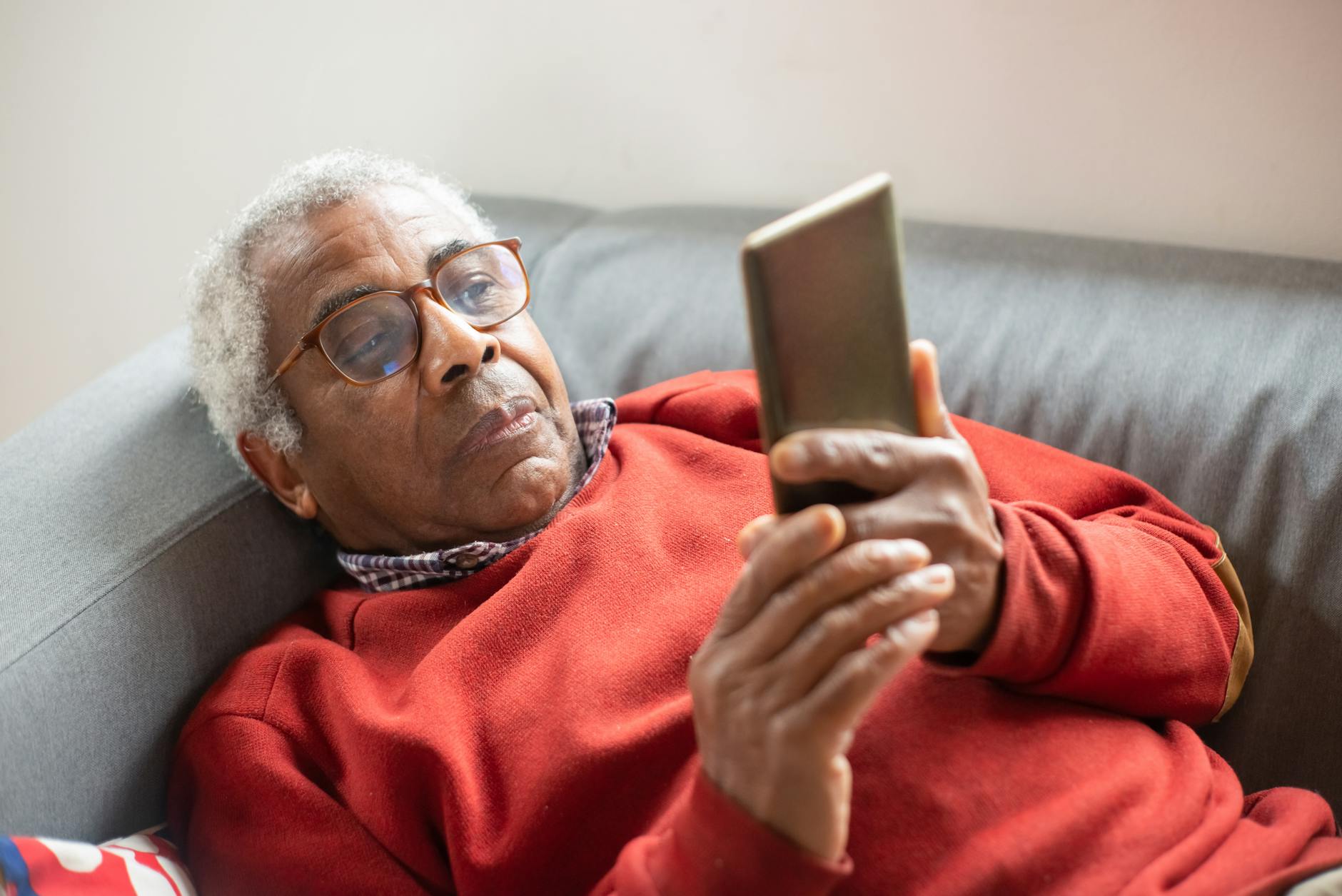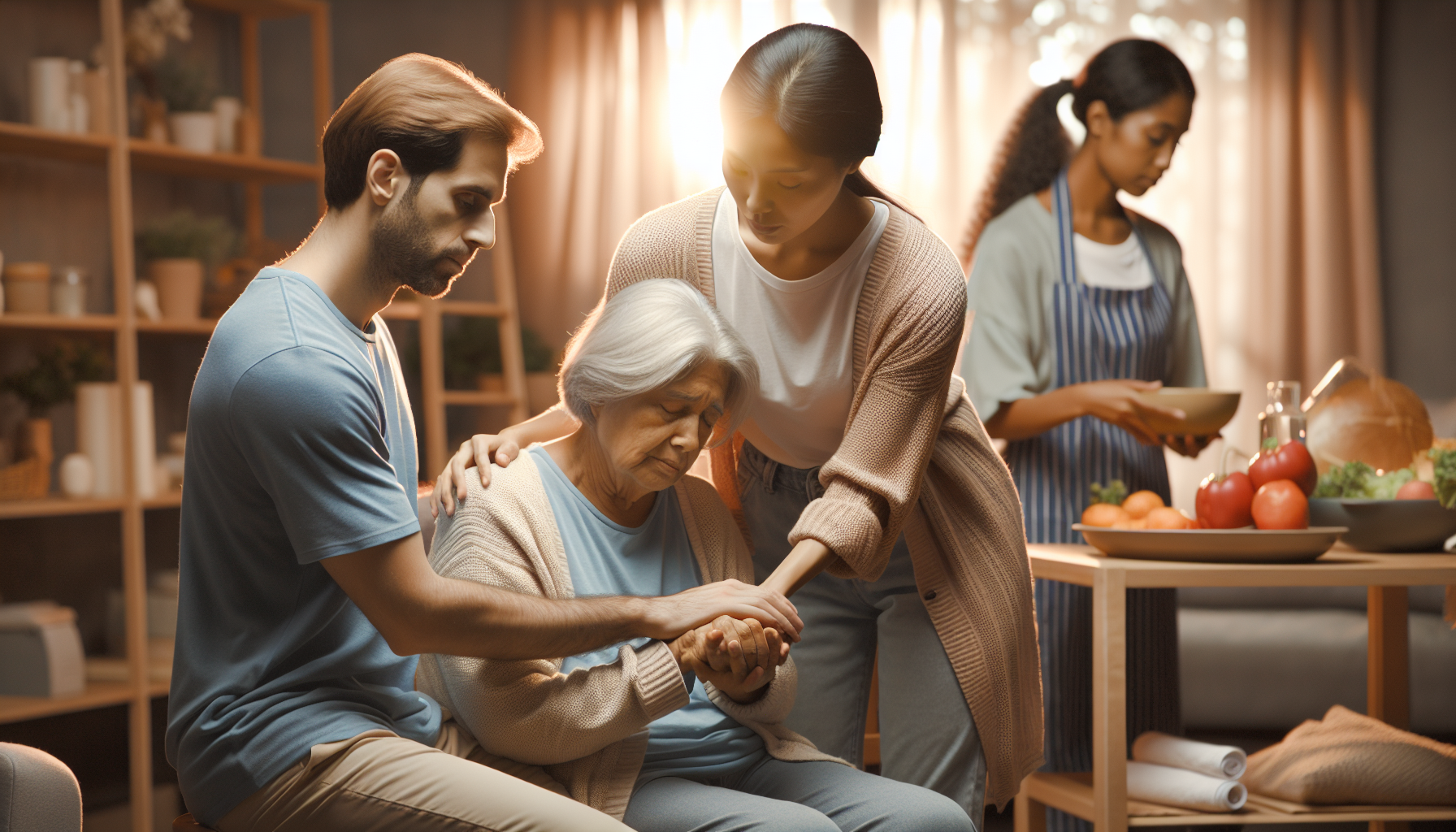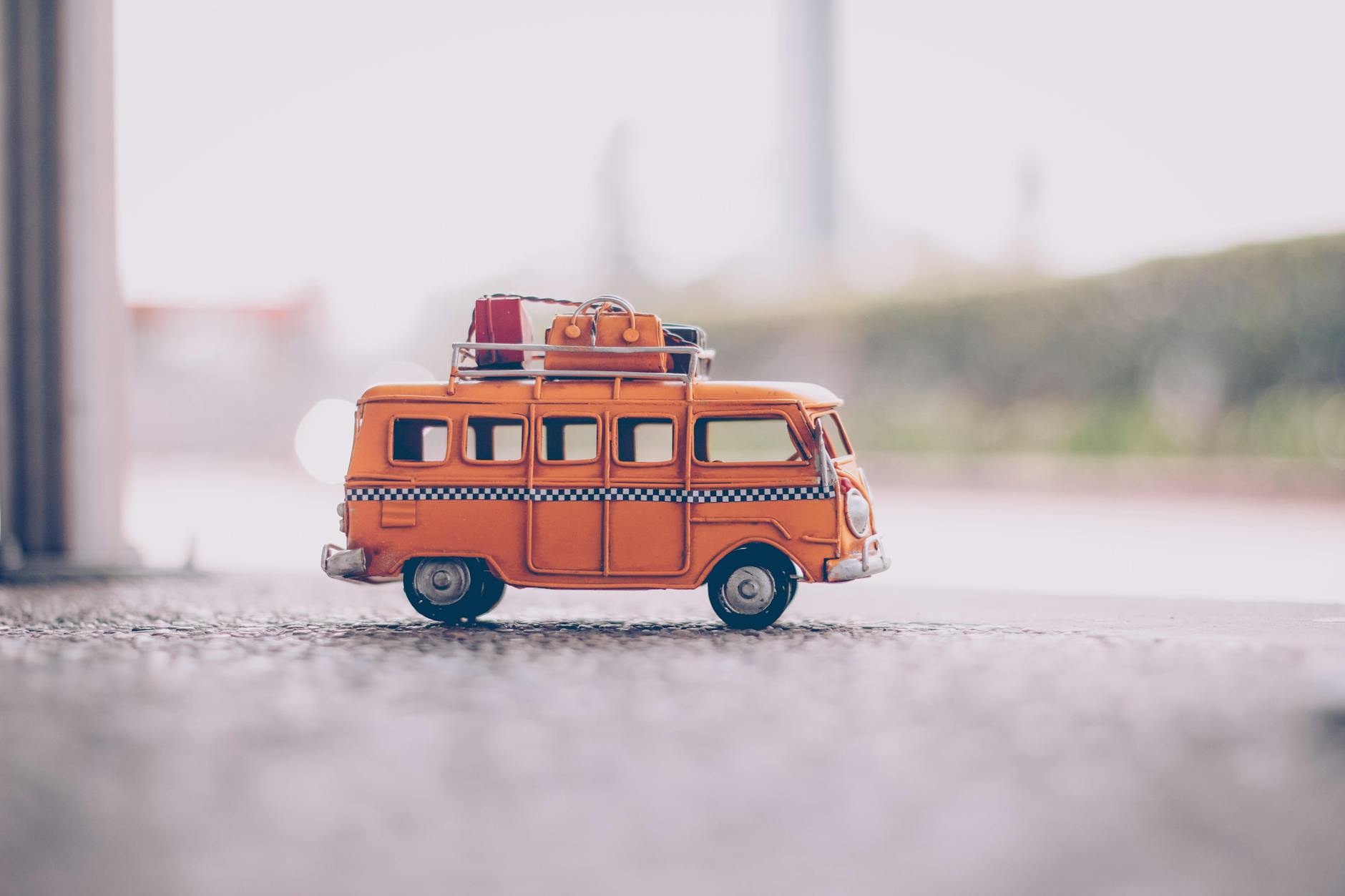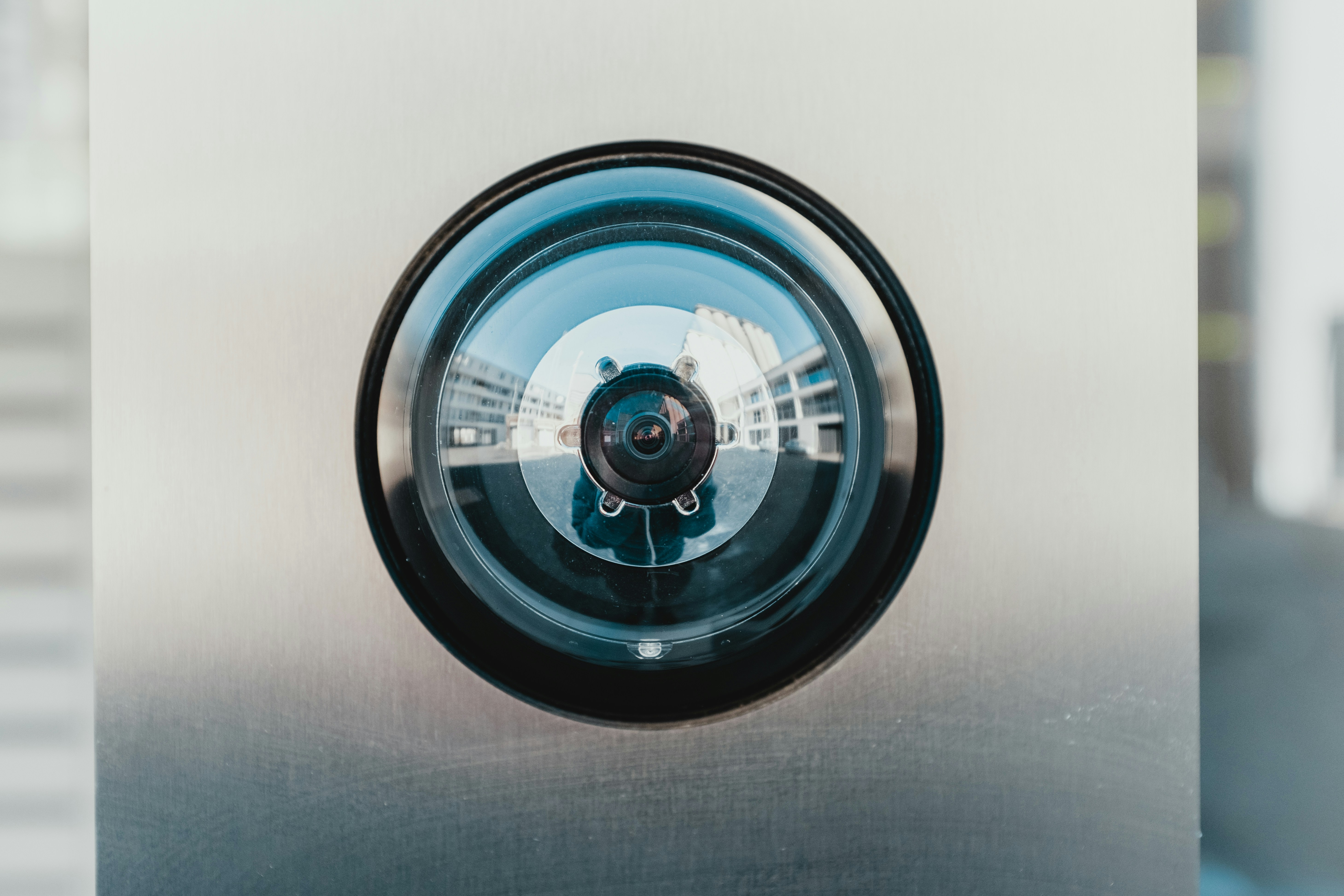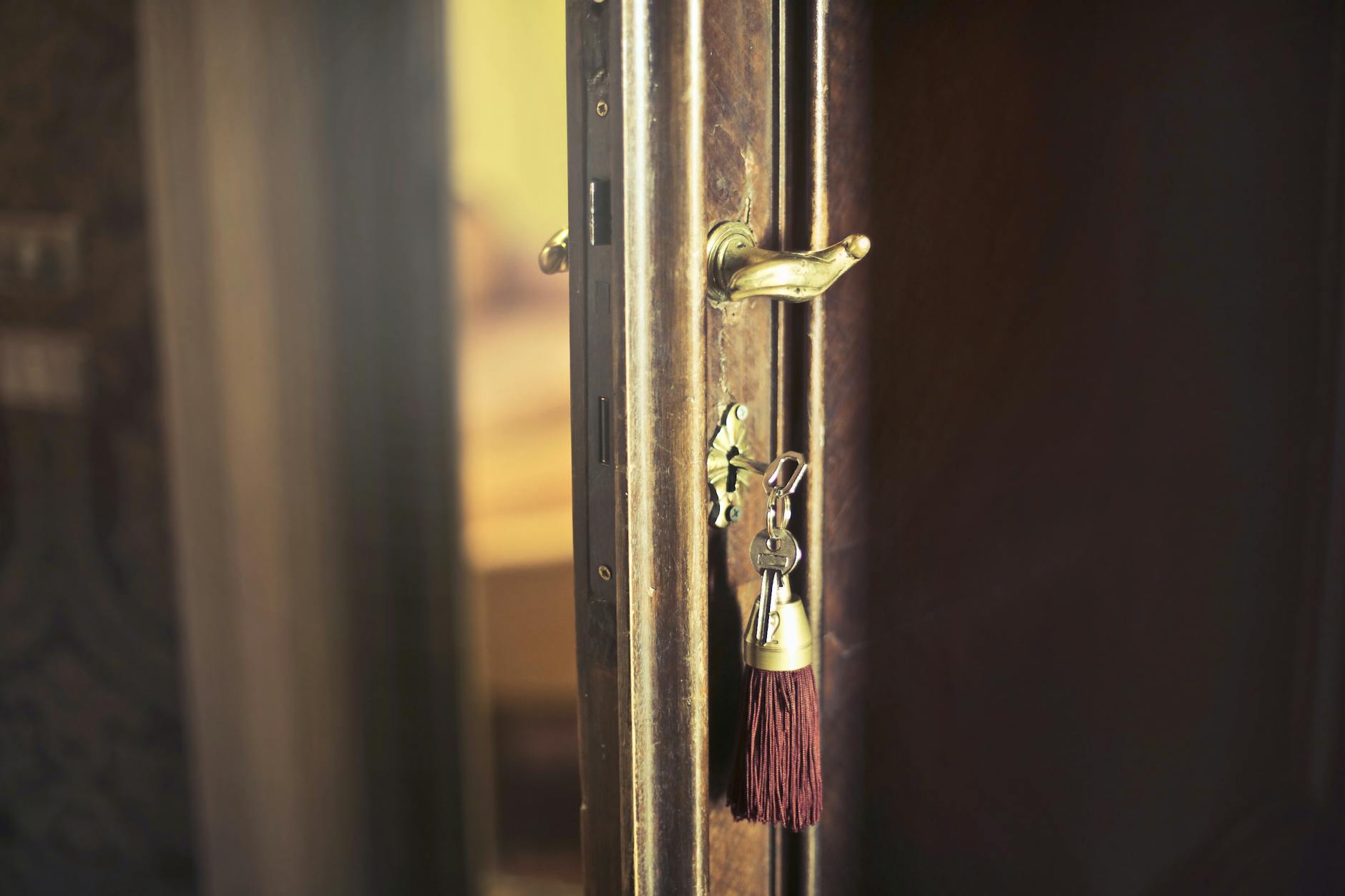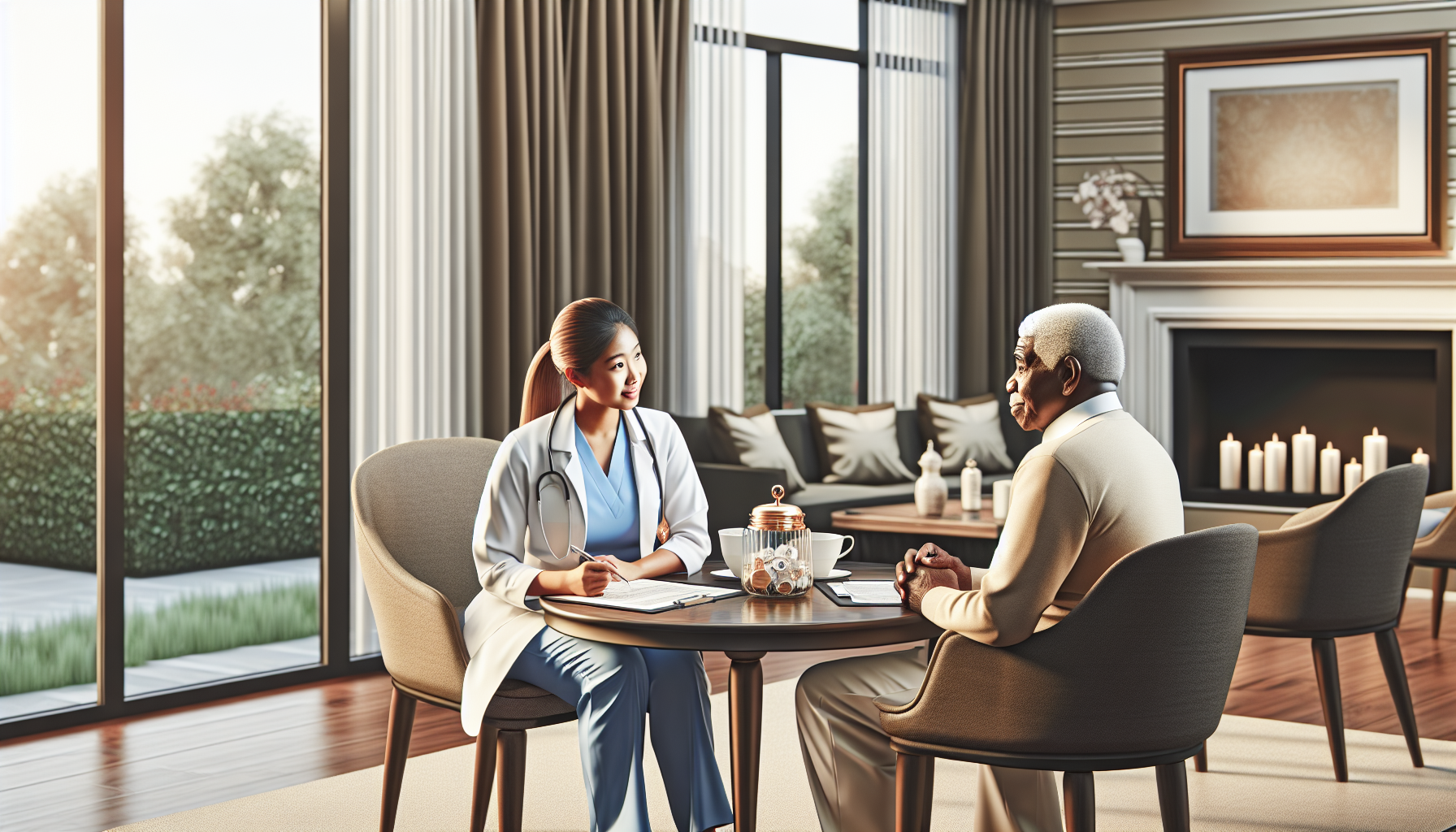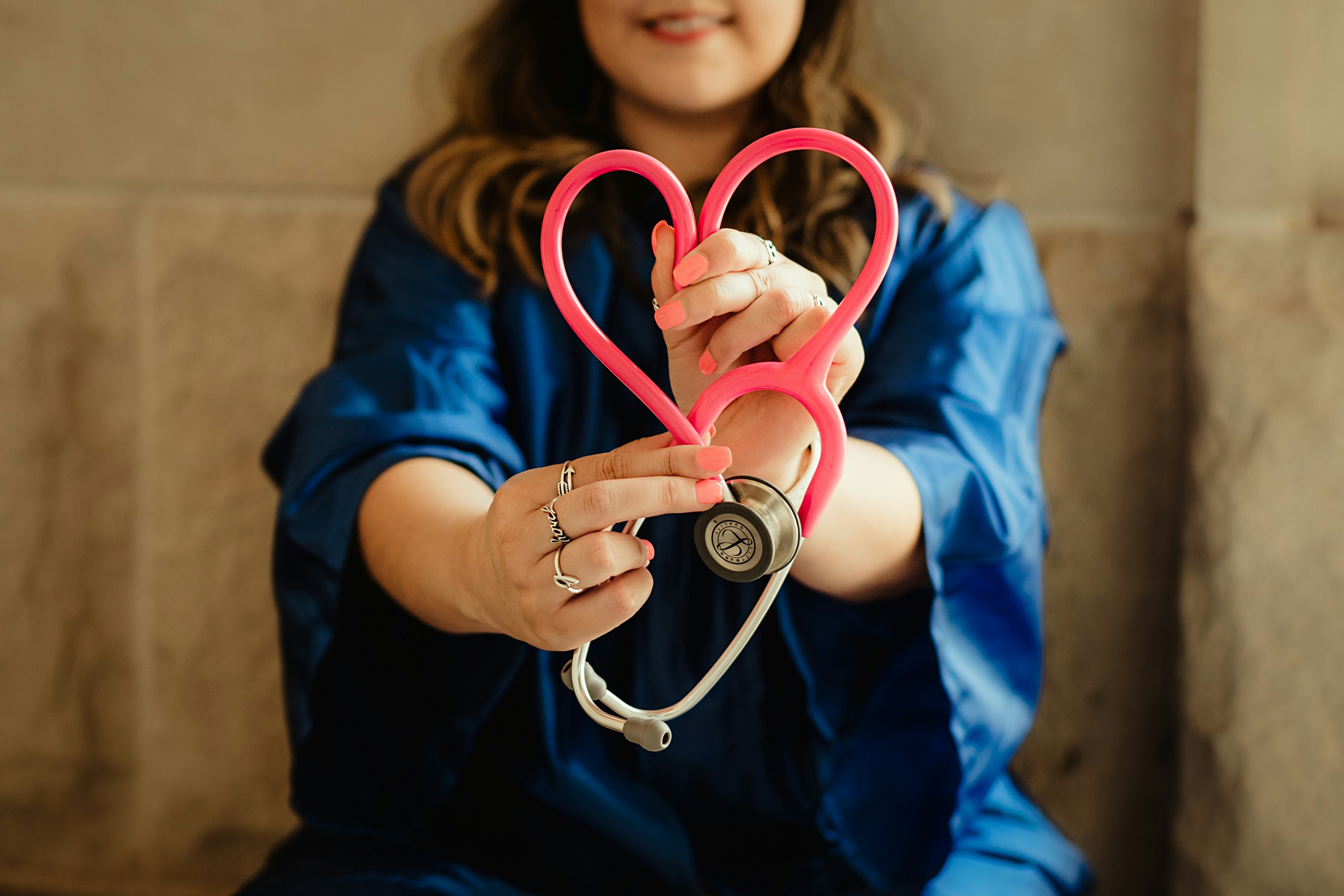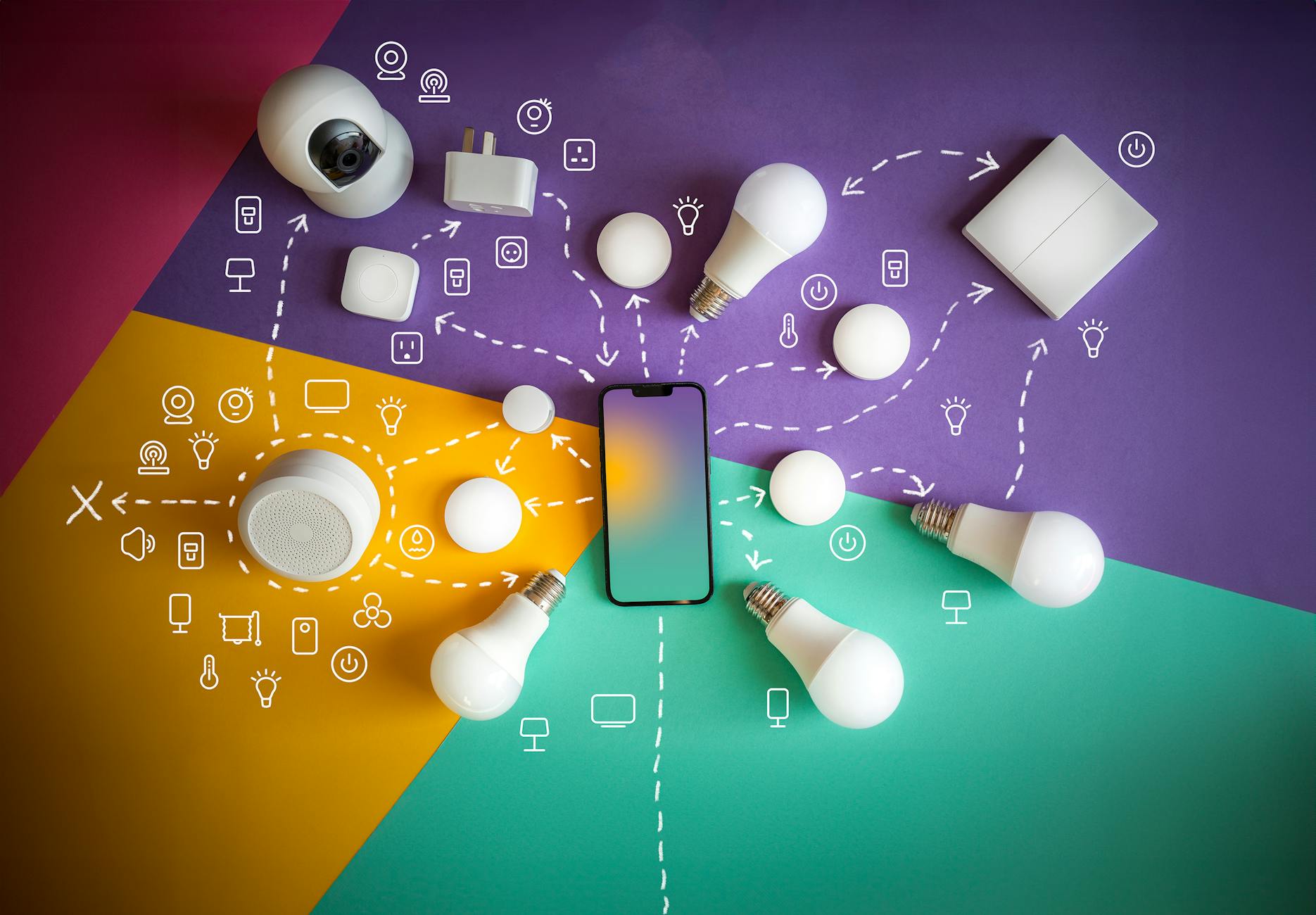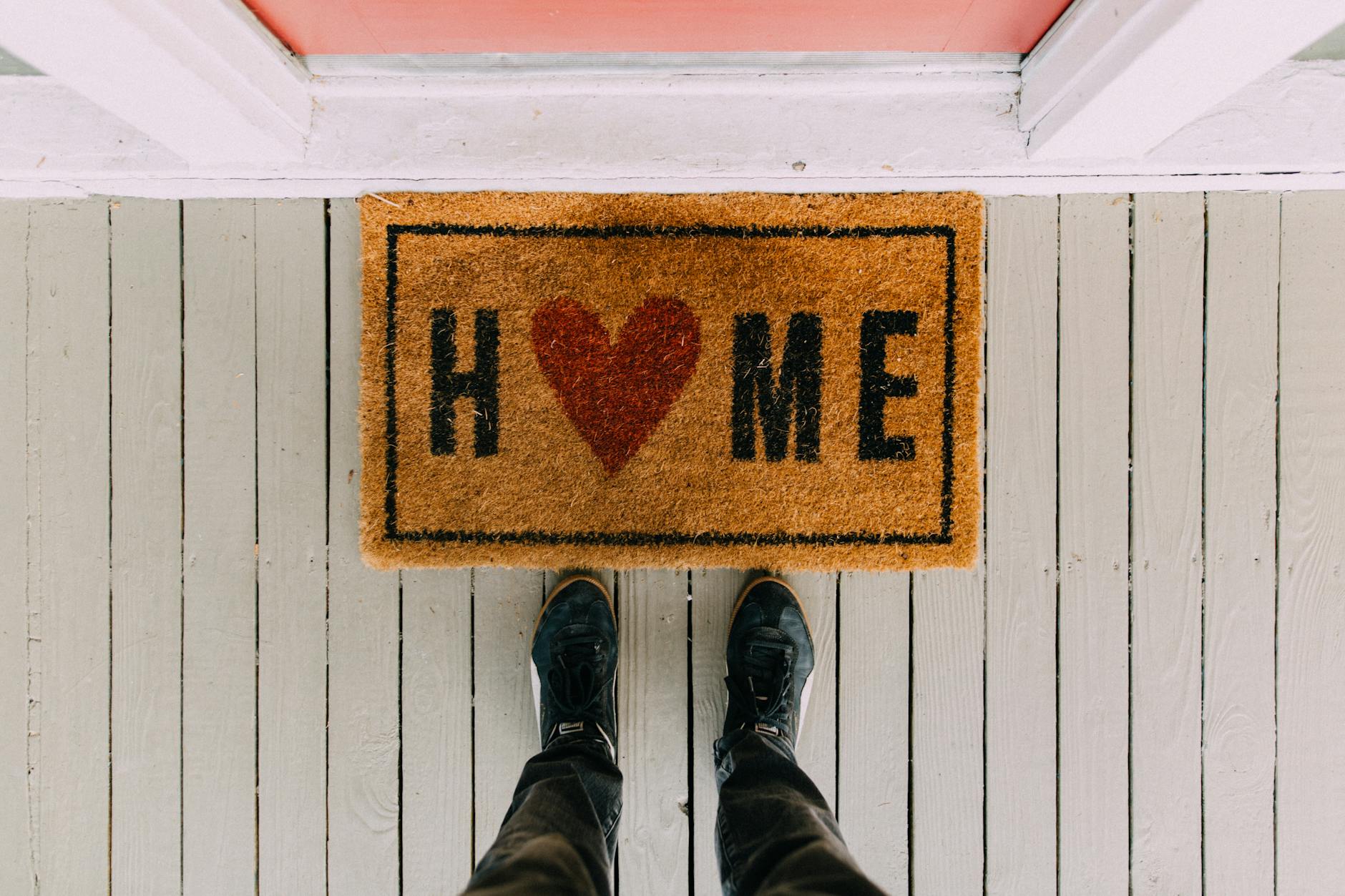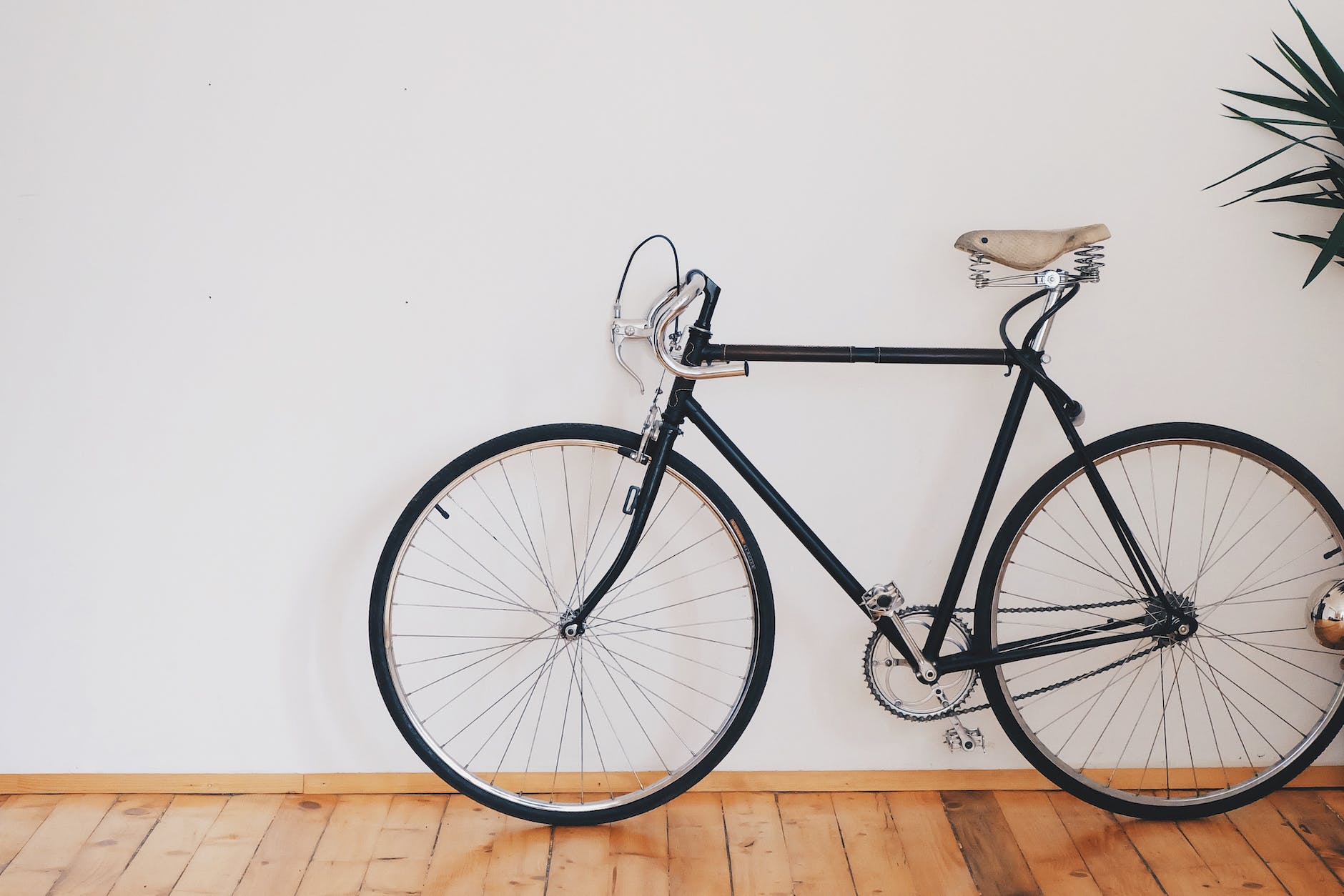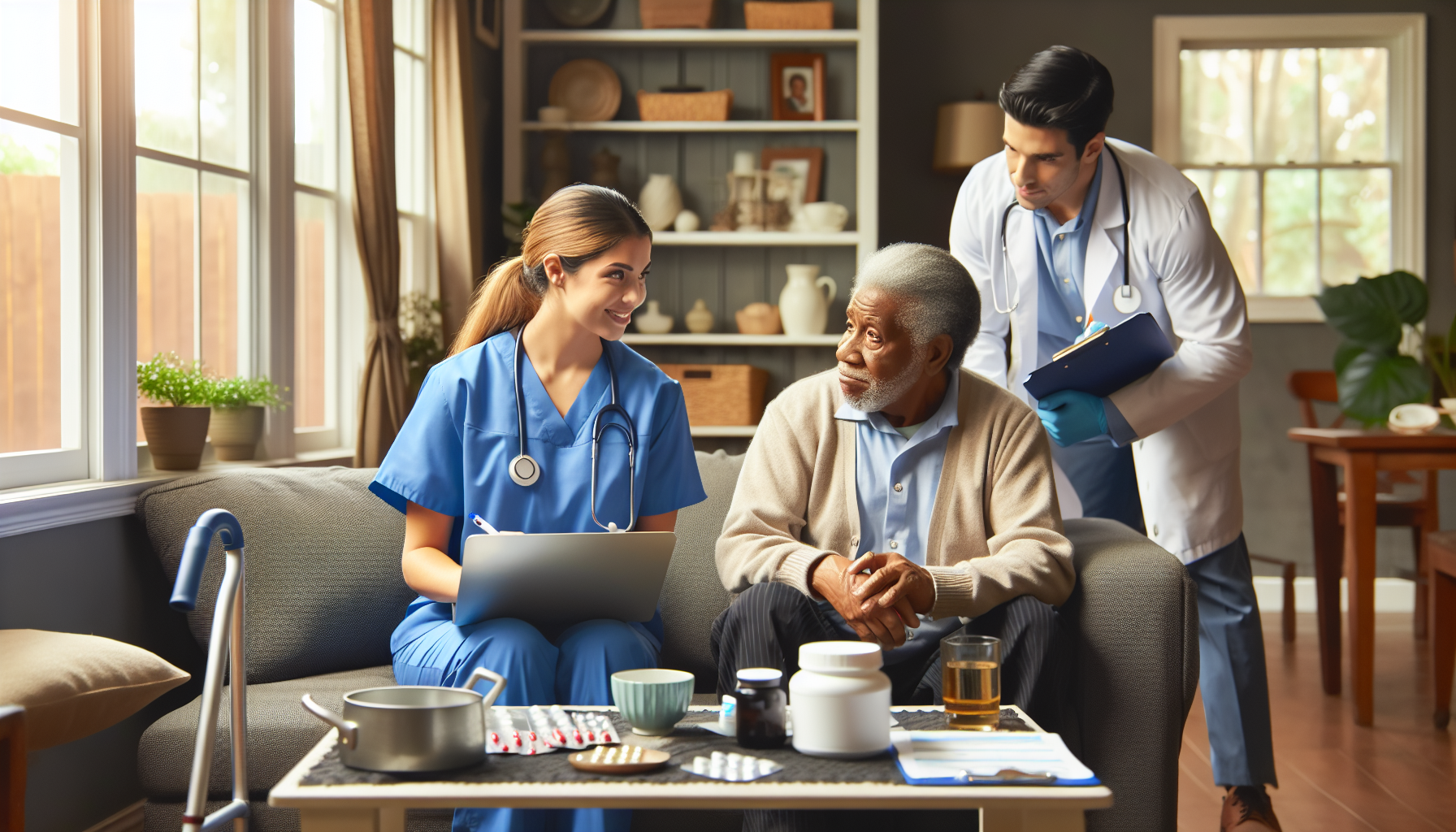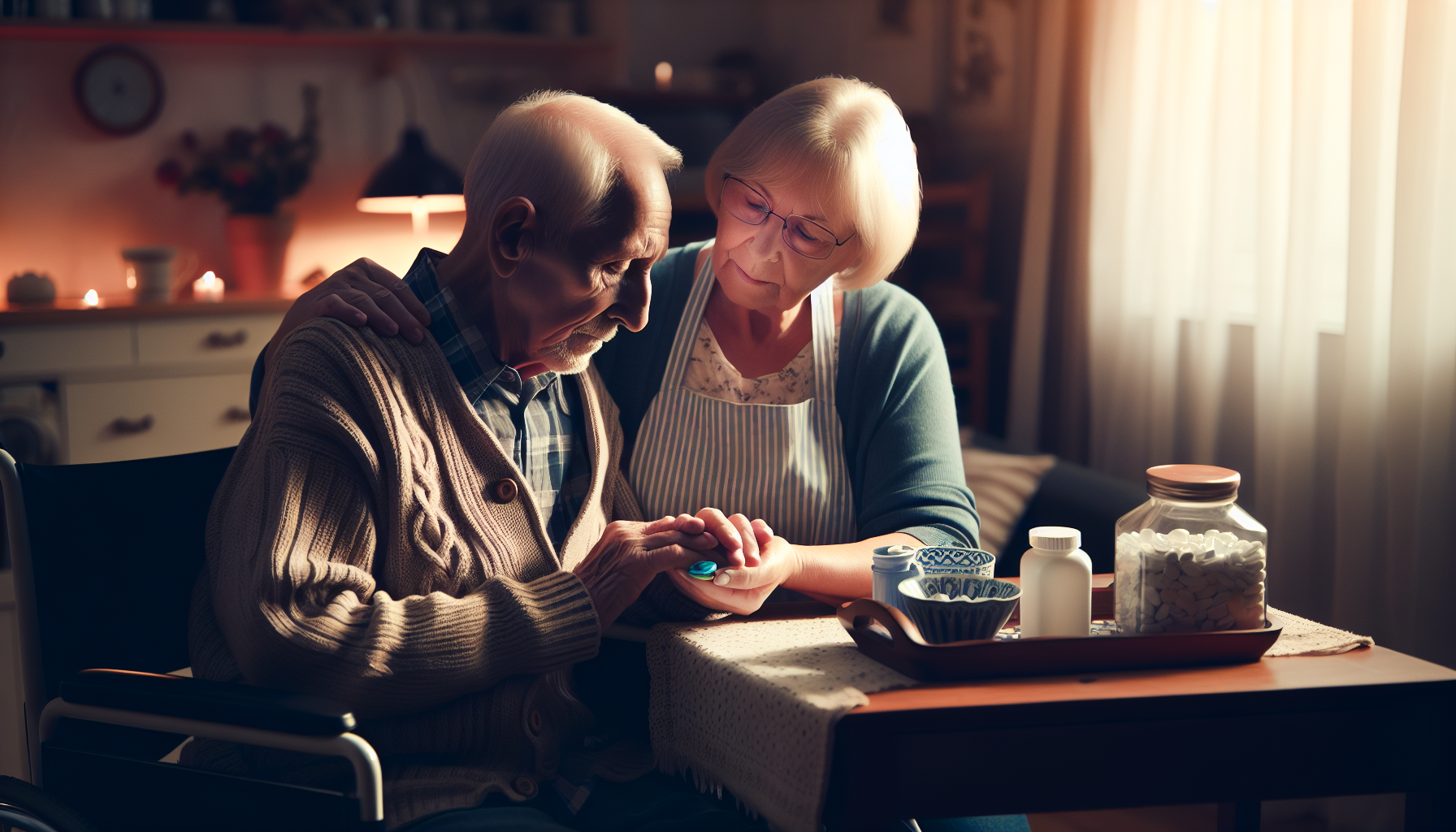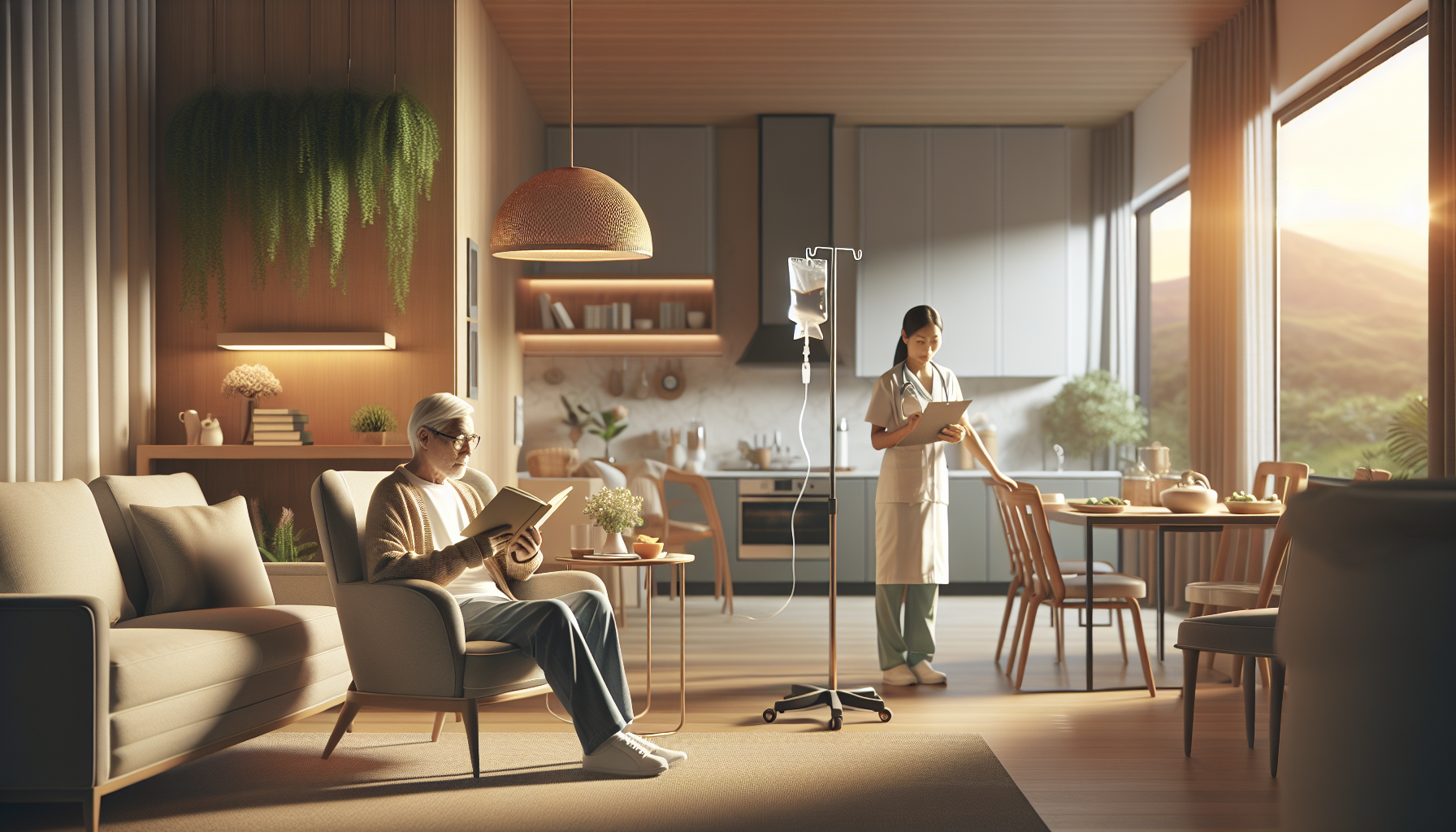Emergency Response Systems For Seniors Receiving 24/7 Home Care
Discover the benefits of emergency response systems for peace of mind.

Benefits of Personal Emergency Response Systems
Personal Emergency Response Systems (PERS) offer numerous advantages to seniors receiving 24/7 home care. These systems contribute to both independence and safety, providing immediate access to emergency assistance when needed. Let's explore these benefits in more detail.
Independence and Safety
One of the significant benefits of Personal Emergency Response Systems is the preservation of independence for seniors. As highlighted by Medihill, these systems allow seniors to live independently for longer, reducing the risks associated with living alone and potentially avoiding a move to a nursing home. With the help of a PERS, seniors can confidently navigate their daily activities, knowing that assistance is just a button press away.

Immediate Emergency Contact
A crucial feature of Personal Emergency Response Systems is the ability to establish immediate contact with a live operator in case of an emergency. This prompt communication enables seniors with limited mobility to receive timely medical attention. According to Medihill, people over the age of 55 are most likely to use PERS, with the number of users increasing with age. This emphasizes the importance of immediate emergency contact for aging individuals.
By having access to a Personal Emergency Response System, seniors can quickly request medical assistance, which can be vital during critical situations. The ability to connect with a live operator provides reassurance to both the seniors and their caregivers, knowing that help is readily available.
In addition to medical emergencies, Personal Emergency Response Systems also enhance the safety of seniors in other situations. They enable swift contact with law enforcement in case of a home invasion, promoting a sense of security and peace of mind for seniors living independently. Moreover, these systems allow seniors to promptly alert the fire department in case of accidents such as fires, ensuring timely assistance and potentially preventing further harm.
The benefits of Personal Emergency Response Systems extend beyond independence and immediate emergency contact. Enhanced security features, cost considerations, key features of medical alert devices, and the role of technology in 24-hour care all contribute to a comprehensive understanding of the advantages provided by these systems.
Enhanced Security Features
When it comes to emergency response systems for seniors receiving 24/7 home care, enhanced security features play a vital role in ensuring their safety and well-being. Two important aspects of these features are contacting law enforcement and prompt fire department alerts.
Contacting Law Enforcement
One of the key benefits of personal emergency response systems is the ability to swiftly contact law enforcement in case of a home invasion or a security threat. Seniors living independently can greatly benefit from this feature, as it provides them with a sense of safety and peace of mind. With just the press of a button on their medical alert device, they can instantly alert the emergency response center, which will then contact the appropriate authorities.
This immediate access to law enforcement can be crucial in emergency situations, enabling seniors to receive the necessary assistance in a timely manner. By having a personal emergency response system, seniors can feel more secure and confident in their ability to handle potential security threats, allowing them to maintain their independence while receiving 24/7 home care.
Prompt Fire Department Alerts
Accidents such as fires can pose significant risks to seniors living at home. In such situations, the simplicity and quick response facilitated by personal emergency response systems are invaluable. When a fire breaks out, seniors can immediately alert the fire department by pressing the button on their medical alert device. This prompt notification ensures that help arrives swiftly, potentially preventing further harm and minimizing damage to the property and, more importantly, protecting the lives of the seniors [1].
By having a personal emergency response system with fire department alert capabilities, seniors can rest assured that they have a reliable means of calling for help during emergencies. This feature provides an extra layer of safety and peace of mind for both seniors and their families, knowing that assistance is just a button press away when it matters most.
These enhanced security features of emergency response systems for seniors receiving 24/7 home care contribute to their overall well-being and safety. By having the ability to contact law enforcement swiftly in case of a home invasion and receiving prompt fire department alerts, seniors can maintain their independence while having peace of mind that they are protected in emergency situations.
Cost Considerations of Medical Alert Systems
When considering the implementation of a medical alert system for seniors receiving 24/7 home care, it's important to understand the associated costs. This section will cover two key aspects: monthly fees and additional costs, as well as the choice between equipment purchase and rental.
Monthly Fees and Additional Costs
Medical alert systems typically involve monthly fees that vary depending on the type of system and the company selected. These fees can range from $20 to $45 per month, offering varying levels of service and features. It's essential to review and compare the pricing structures of different providers to ensure the best fit for your specific needs.
In addition to the monthly fees, there may be additional costs associated with medical alert systems. Some companies charge an activation or installation fee, ranging from $25 to $100, which covers the initial setup of the system [2]. It's important to inquire about any potential fees before making a purchase decision.
Furthermore, medical alert systems often offer add-on features and services at an extra cost. These may include automatic fall detection or telehealth services, among others. The fees for these additional features can range from $5 to $10 per month. It's advisable to carefully consider these options and assess their value in relation to the specific needs of the senior receiving care.
Equipment Purchase vs. Rental
Medical alert systems can be either purchased or rented, each with its own cost implications. If the equipment is purchased, the cost can range from $50 to $350, depending on the company and the type of equipment selected. On the other hand, when opting for rental, there is usually no upfront equipment fee, but the equipment must be returned when the subscription is canceled.
The decision between purchasing and renting should be based on individual circumstances and preferences. Purchasing the equipment may be a more cost-effective option in the long run, especially for individuals who anticipate using the medical alert system for an extended period of time. However, renting provides flexibility and eliminates the need for an upfront investment.
When considering the overall cost, it's worth exploring various strategies to save money on medical alert systems. Some companies offer the option to bundle devices or provide alternative payment plans, such as quarterly, semiannually, or annual payments. Additionally, taking advantage of referral programs or membership benefits can help reduce expenses. Caregivers and families should review these options and choose the most suitable approach for their specific financial situation.
By understanding the monthly fees, additional costs, and the choice between equipment purchase and rental, caregivers and families can make informed decisions about implementing a medical alert system for seniors receiving 24/7 home care. It's crucial to strike a balance between cost considerations and the necessary features to ensure the safety and well-being of the senior individual.
Key Features of Medical Alert Devices
When it comes to ensuring the safety and well-being of seniors receiving 24/7 home care, medical alert devices play a vital role. These devices offer key features that provide peace of mind to both seniors and their caregivers. Two important features to consider when selecting a medical alert device are the importance of 24/7 emergency response and the inclusion of GPS tracking and fall detection capabilities.
Importance of 24/7 Emergency Response
Medical alert devices are designed to provide immediate assistance at the press of a button, potentially saving lives and reducing the severity of injuries in emergency situations [3]. When a senior activates the device, it triggers a call to an emergency response center staffed by trained professionals. These professionals assess the situation and dispatch the necessary help, whether it's emergency medical services or contacting a designated caregiver or family member.
The round-the-clock availability of emergency response is crucial, as emergencies can happen at any time. Knowing that help is just a button press away provides seniors and their loved ones with a sense of security and peace of mind. The prompt response of trained professionals ensures that appropriate help is dispatched quickly, helping to mitigate potentially dangerous situations.
GPS Tracking and Fall Detection
Medical alert devices offer additional special features that enhance their functionality and provide added safety measures. GPS tracking is one such feature that enables quick emergency response and the tracking of users who may be at risk of wandering. With GPS technology, the emergency response center can pinpoint the exact location of the individual in need, ensuring that help reaches them as quickly as possible.
Another valuable feature, especially for seniors at risk of falling, is fall detection. Using sensors called accelerometers, medical alert devices can detect motion and identify when someone has fallen. Fall detection is typically offered as an optional feature for an additional monthly fee. While the accuracy rate of fall detection devices may vary, studies have reported rates between 80% and 93%. Although false alarms can occur, advancements in algorithms and sensors have improved the reliability of fall detection capabilities.
By incorporating GPS tracking and fall detection into medical alert devices, seniors can have an added layer of security and assistance. These features enable caregivers and emergency responders to locate the individual quickly and provide timely assistance in the event of an emergency.
When choosing a medical alert device, it's important to consider the specific needs of the senior and the features that will best address those needs. Alongside 24/7 emergency response and GPS tracking with fall detection, other factors such as ease of use, battery life, and cost should also be taken into account. By selecting the right medical alert device, caregivers and families can ensure the safety and well-being of their loved ones receiving 24/7 home care.
Choosing the Right Medical Alert Device
When selecting a medical alert device for a senior receiving 24/7 home care, several factors should be considered to ensure ease of use, reliability, and cost-effectiveness.
Ease of Use and Reliability
The chosen medical alert device should be user-friendly, allowing seniors to easily activate it in case of an emergency. The device should have a simple button or pendant that can be comfortably worn around the neck or wrist. It's important that the button is easily accessible and doesn't cause any discomfort or irritation for the user.
Reliability is crucial when it comes to emergency response systems. Look for a device that has a proven track record of prompt and reliable emergency assistance. Reading customer reviews and testimonials can provide valuable insights into the reliability of the device and the response center it connects to.
Battery Life and Cost Factors
Battery life is an important consideration to ensure uninterrupted functionality of the medical alert device. Look for a device with a battery life that can last at least 48-72 hours to minimize the need for frequent charging. Regular charging for approximately 2 hours daily is recommended to ensure the device is always ready for use [5].
Cost is another important factor to consider when choosing a medical alert device. Compare the monthly fees and additional costs associated with each device. Some devices require a monthly subscription, while others may offer annual payment options at a discounted rate. Be sure to understand the pricing structure, including any activation fees or hidden charges.
To help with your decision-making process, the following table provides an overview of the cost and key features of the Caretrak medical alert device:
Table based on information from Caretrak
By considering factors such as ease of use, reliability, battery life, and cost, you can choose the right medical alert device that meets the specific needs of the senior receiving 24/7 home care. It's important to prioritize the safety and well-being of the senior while also taking into account their comfort and convenience.
Technology in 24-Hour Care
As the field of healthcare continues to evolve, technology plays a significant role in enhancing the quality of care provided to seniors receiving 24/7 home care. Technological solutions such as telemedicine and health monitoring apps, along with emergency response systems, have become invaluable tools in ensuring the well-being and safety of elderly individuals.
Telemedicine and Health Monitoring
Telemedicine is a technological advancement that enables healthcare professionals to remotely provide medical services to patients. This approach allows seniors to receive healthcare consultations and check-ups without the need for frequent in-person visits. Through video calls and virtual appointments, healthcare providers can assess the patient's condition, monitor vital signs, and address any medical concerns [6].
Health monitoring apps are another aspect of technology that facilitates 24-hour care. These apps allow seniors to track their vital signs, such as blood pressure, heart rate, and glucose levels, from the comfort of their own homes. The data collected can be shared with healthcare professionals, enabling them to monitor the patient's health remotely and detect any potential issues or changes that require attention.
By combining telemedicine and health monitoring apps, caregivers and healthcare providers can effectively monitor the health of seniors, provide timely interventions, and prevent the escalation of health concerns.
Role of Emergency Response Systems
Emergency response systems are essential tools that provide seniors with immediate access to help in case of emergencies. These systems typically consist of wearable devices, such as pendants or bracelets, that can be activated by the user to call for assistance in case of a fall, injury, or any other emergency situation. When triggered, the device connects the user to a trained 24/7 response team, who can dispatch help or contact designated emergency contacts.
Emergency response systems offer peace of mind to seniors and their caregivers, knowing that help is just a button press away. These systems often include GPS tracking capabilities, allowing emergency responders to quickly locate the individual in need. Furthermore, some devices may even have fall detection features, automatically triggering an alert if a fall is detected.
By incorporating emergency response systems into 24-hour care, seniors can maintain their independence while having the assurance that help is readily available in case of emergencies.
Technology has become an invaluable ally in 24-hour care, providing efficient and cost-effective solutions for seniors in need. Telemedicine and health monitoring apps enable remote healthcare consultations and continuous monitoring of vital signs, ensuring timely interventions. Emergency response systems offer immediate access to help and enhance the safety of seniors at home. By embracing these technological advancements, caregivers and families can provide comprehensive care that promotes the well-being and independence of their senior loved ones.
References
[2]:
[3]:
[4]:
[5]:
[6]:




